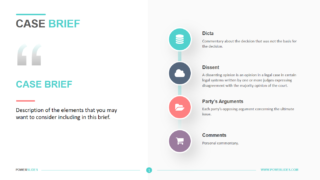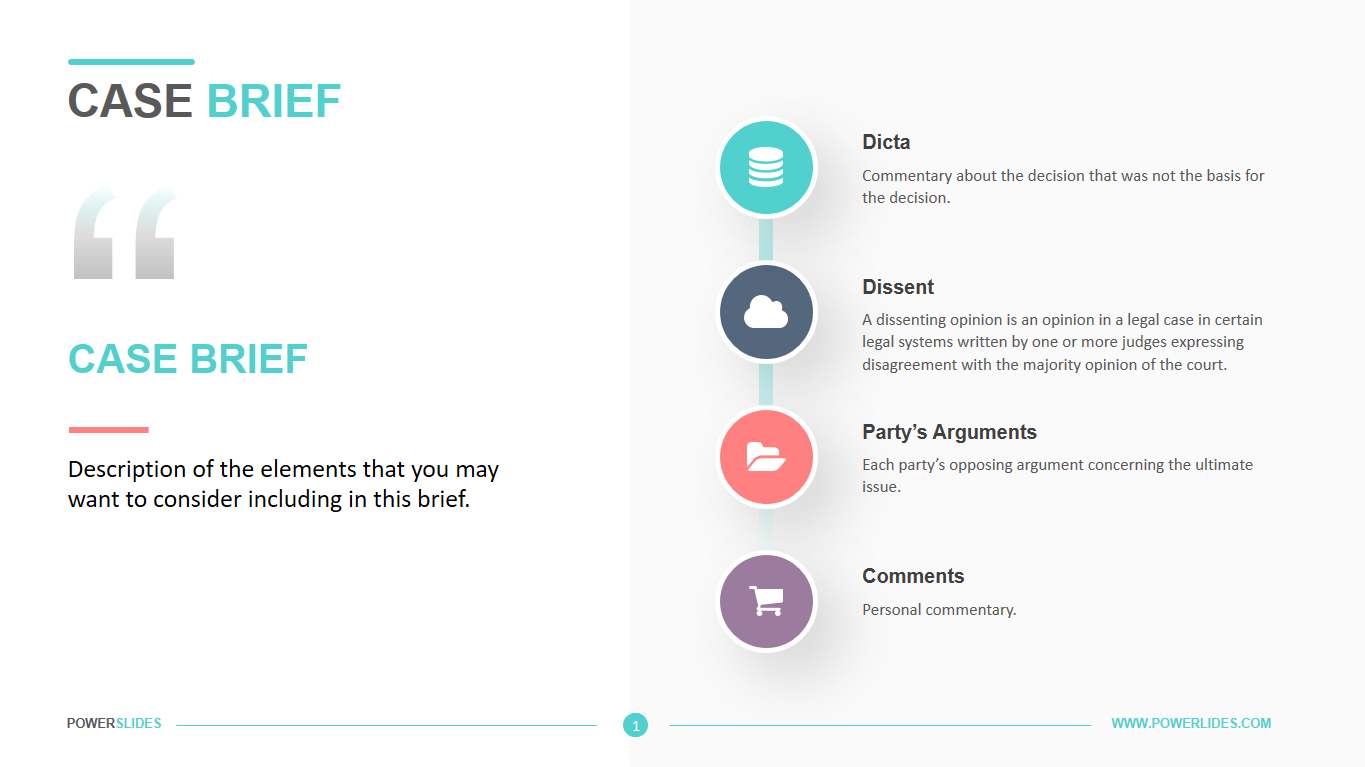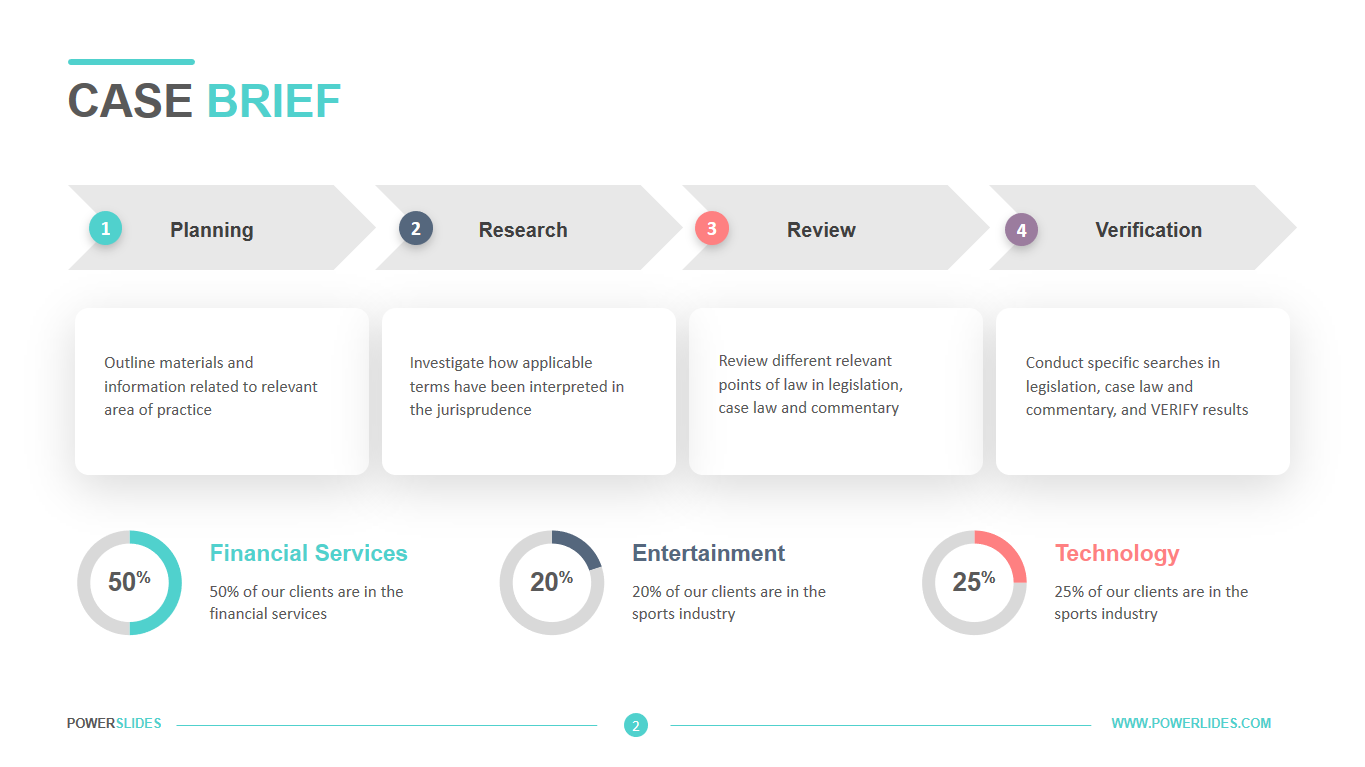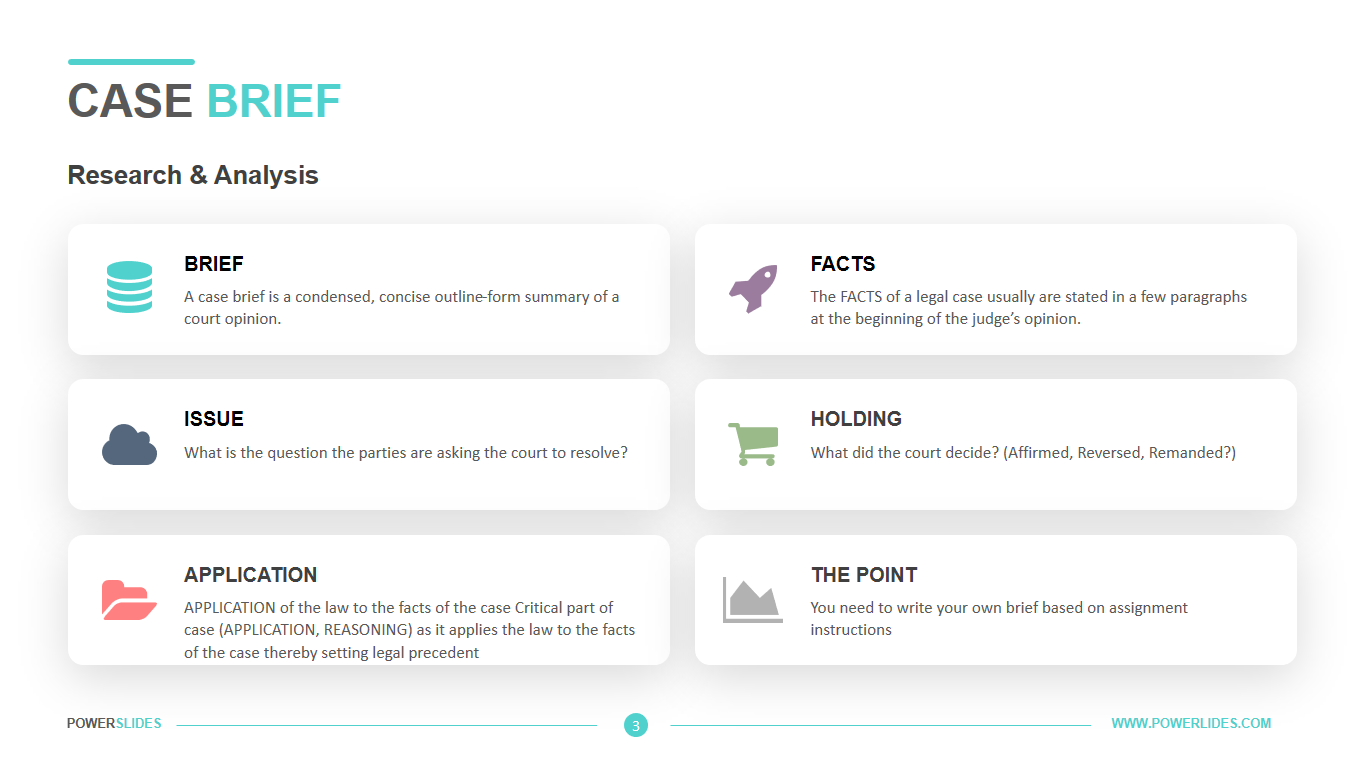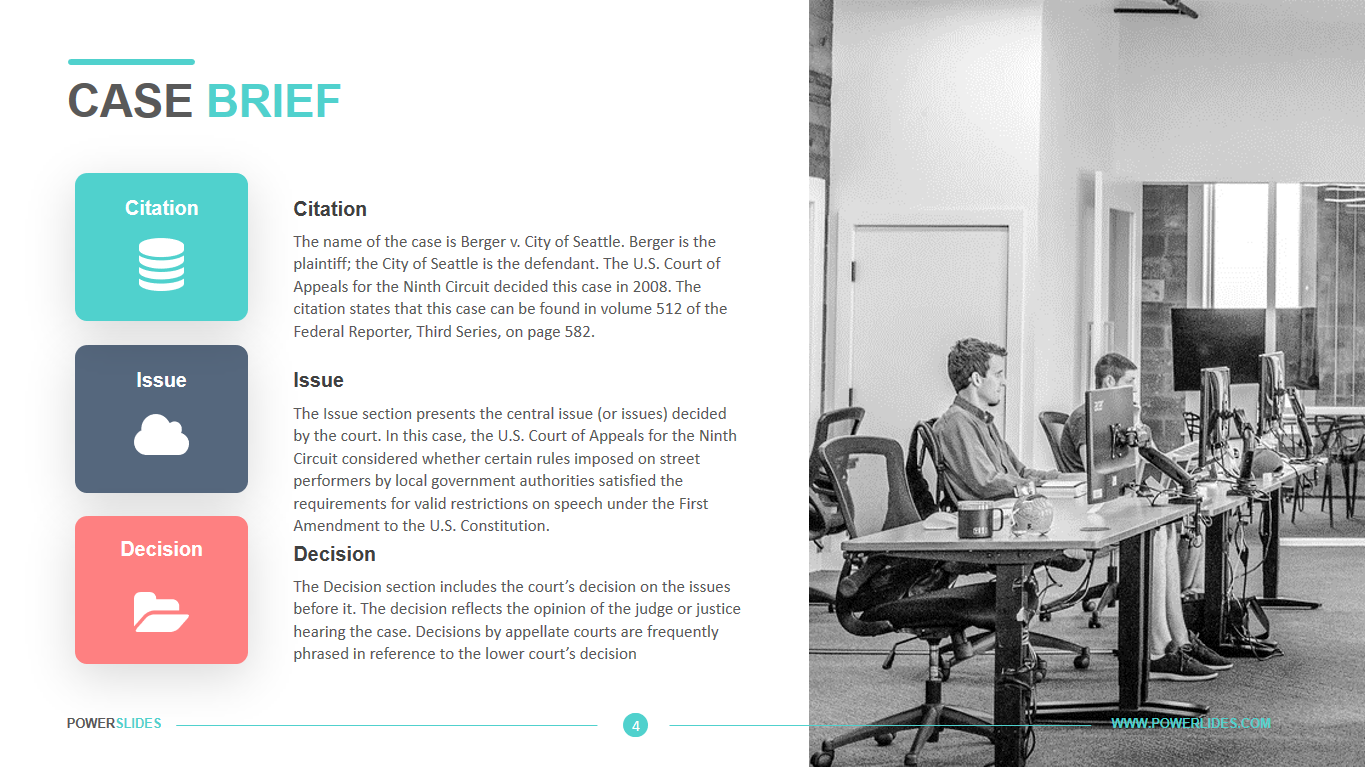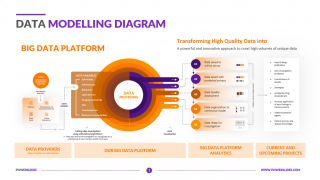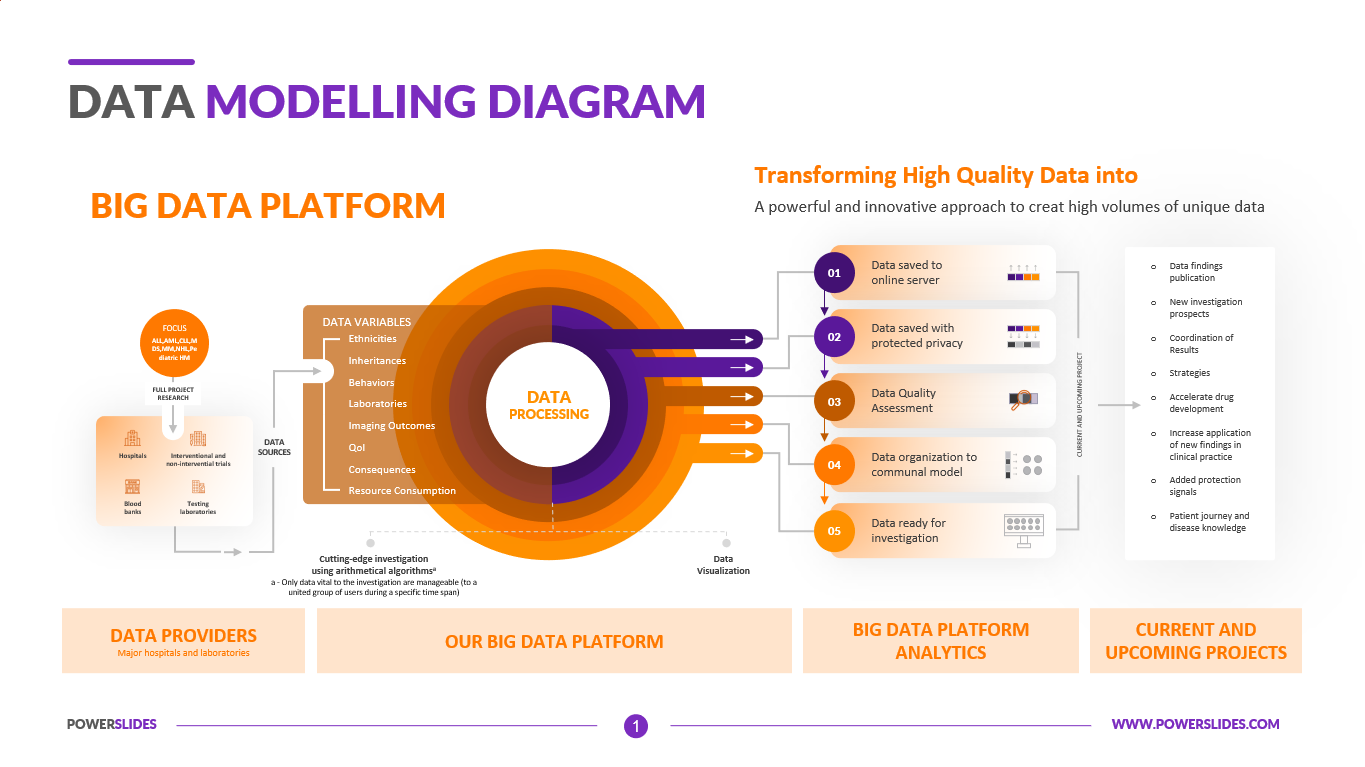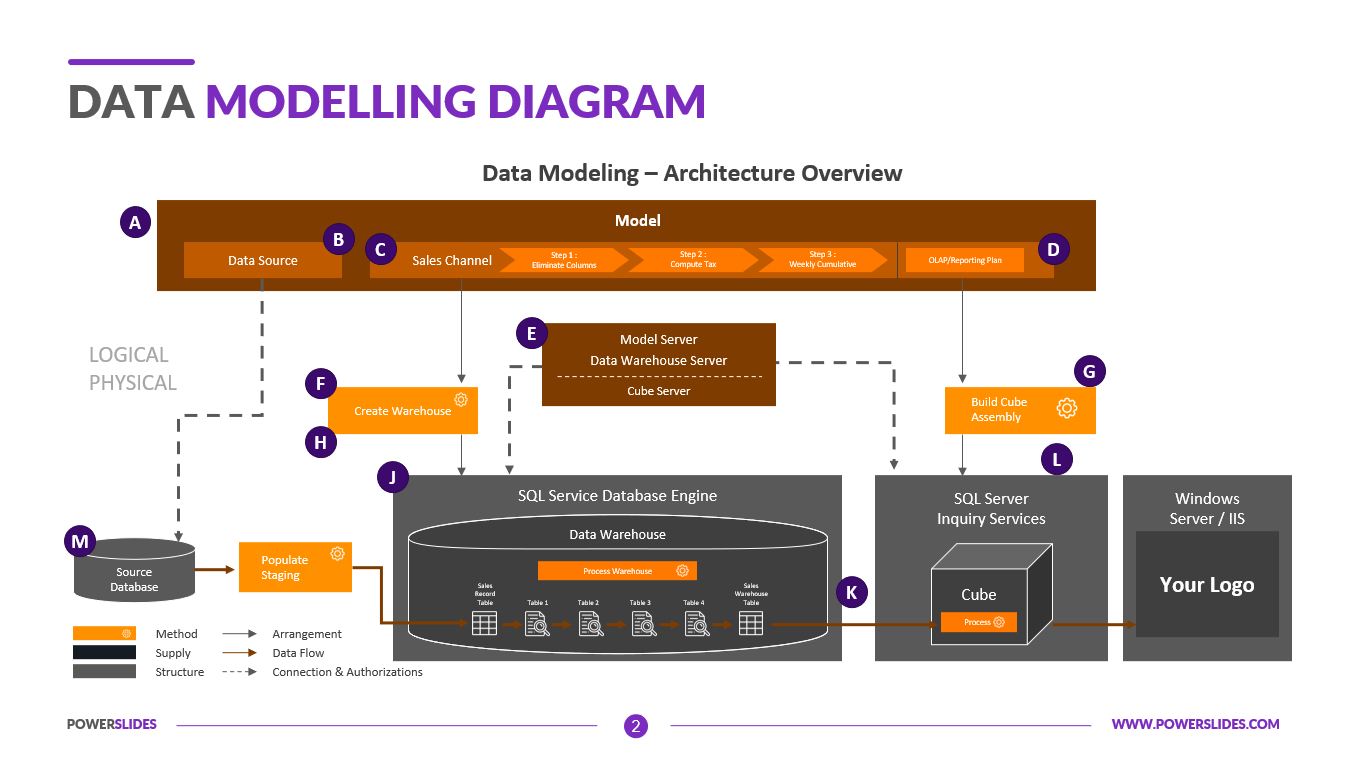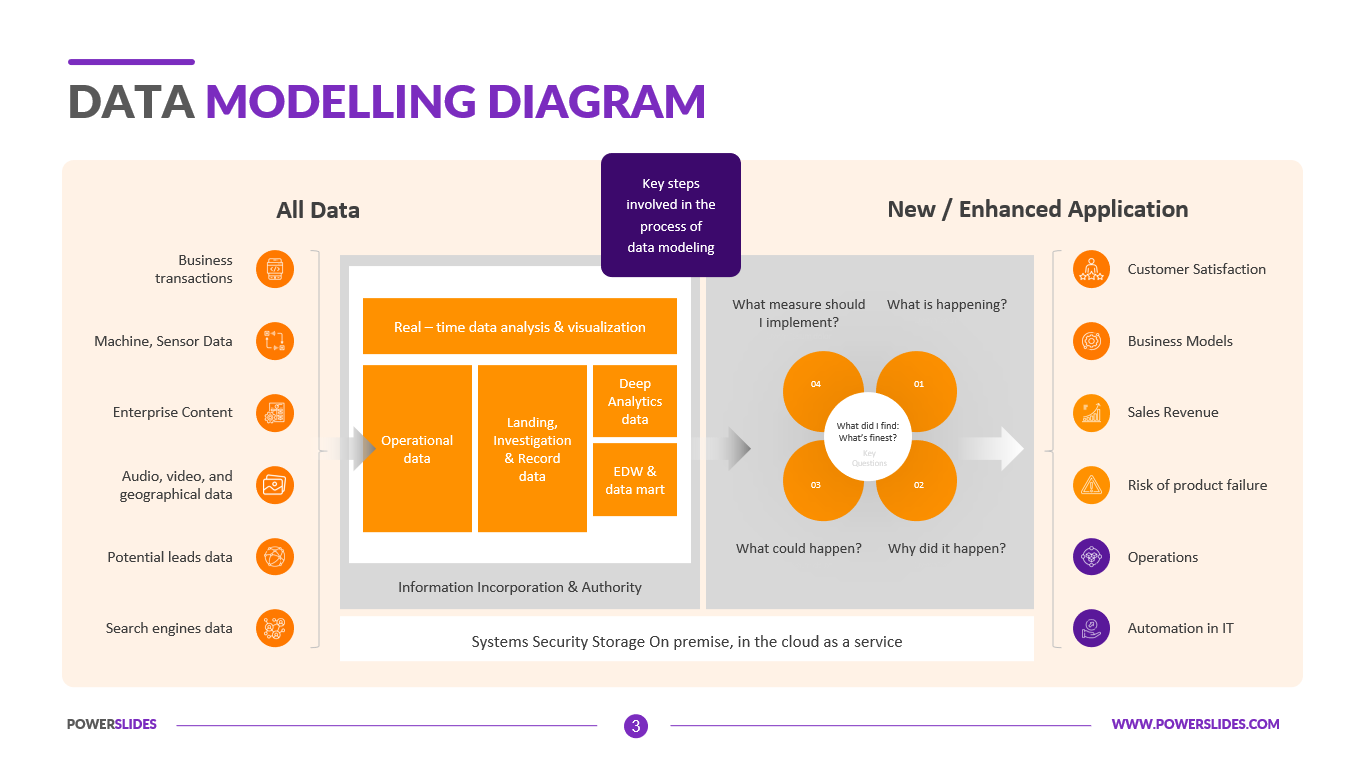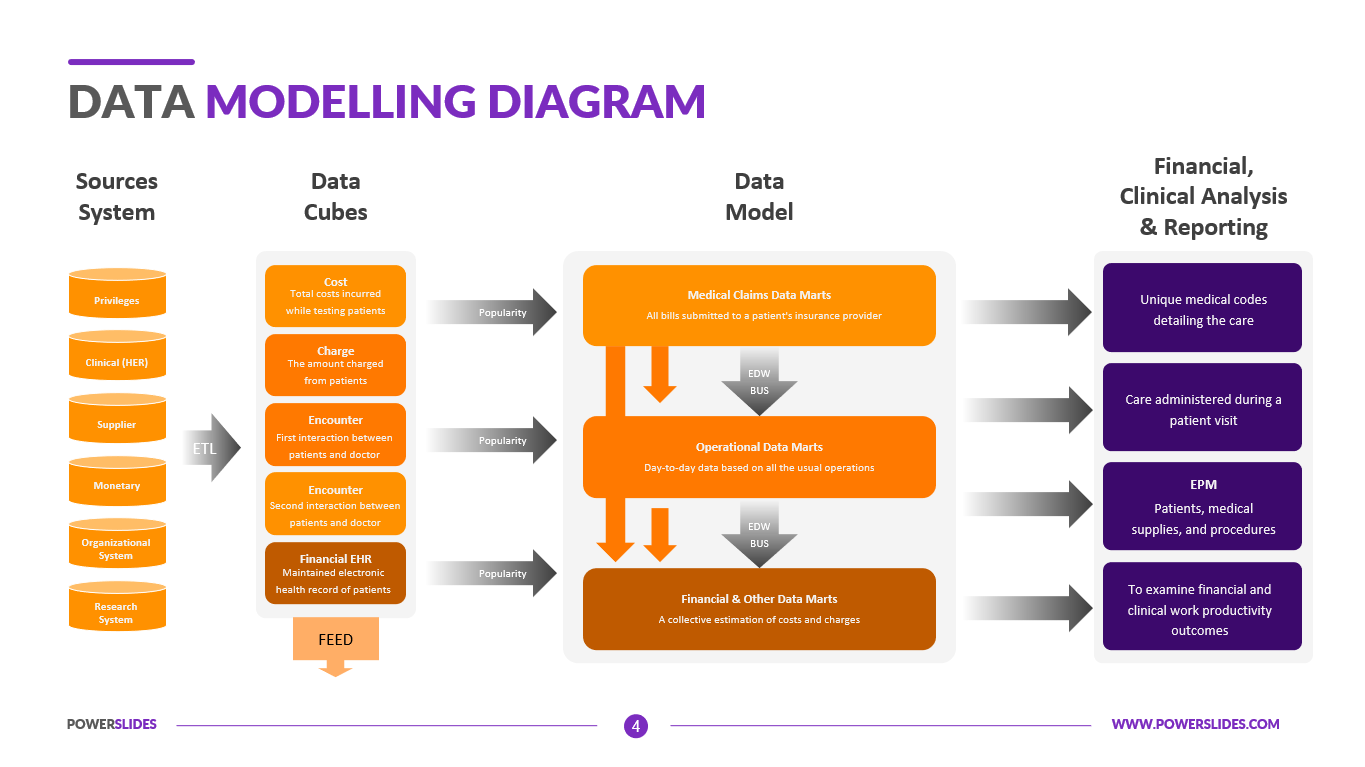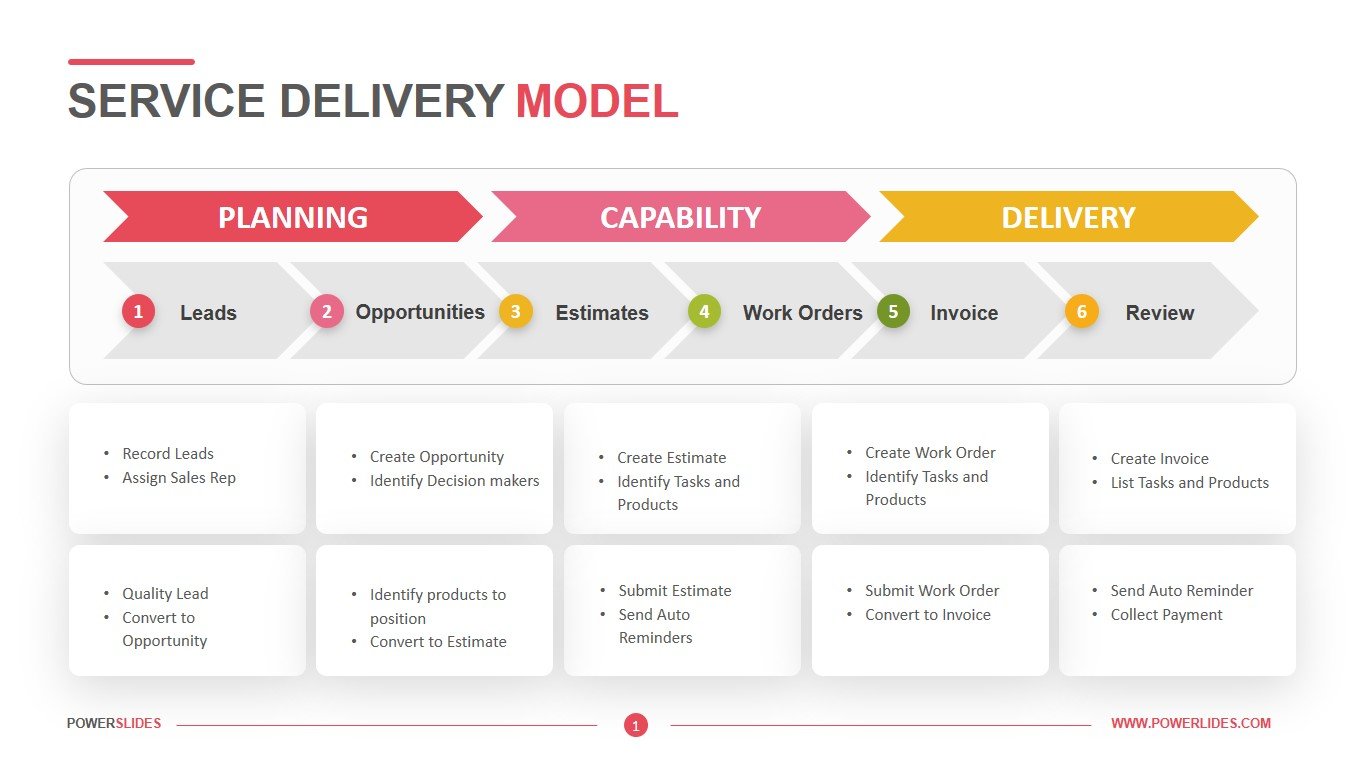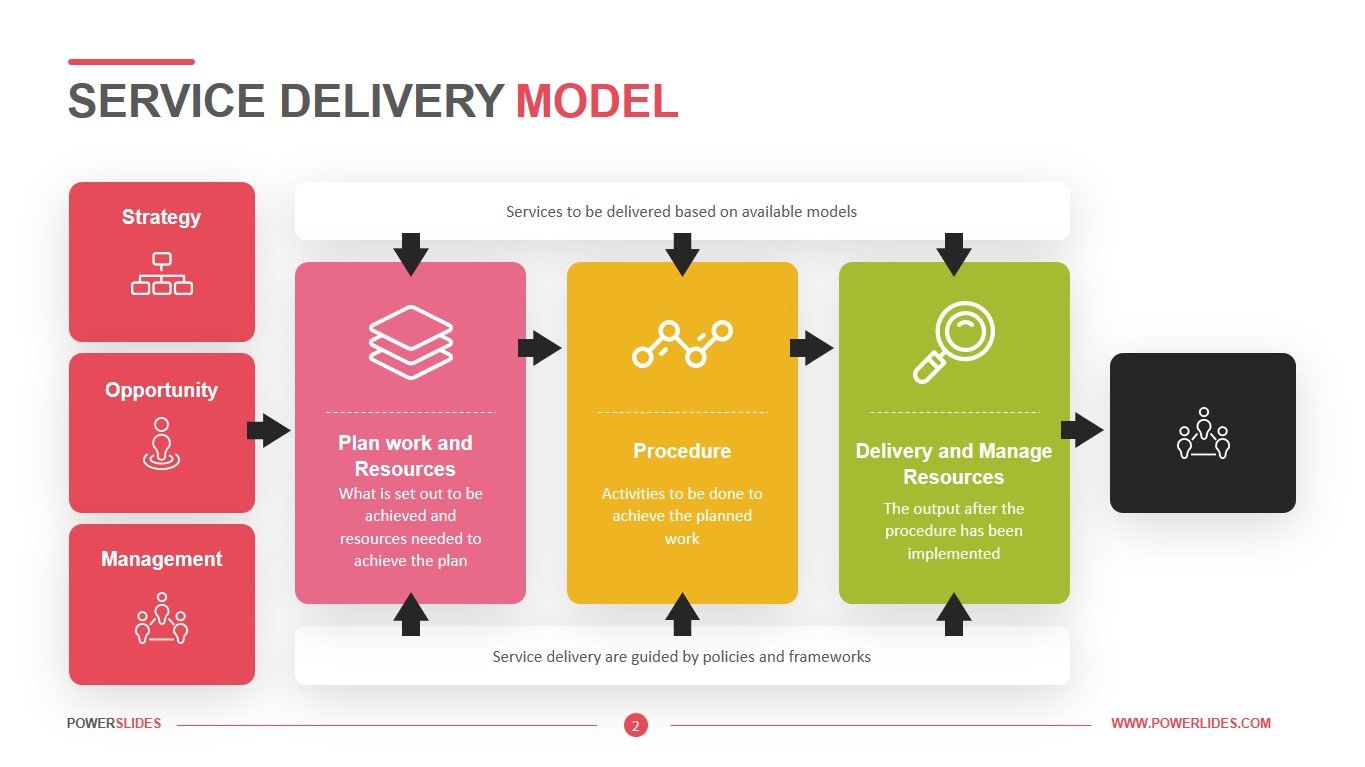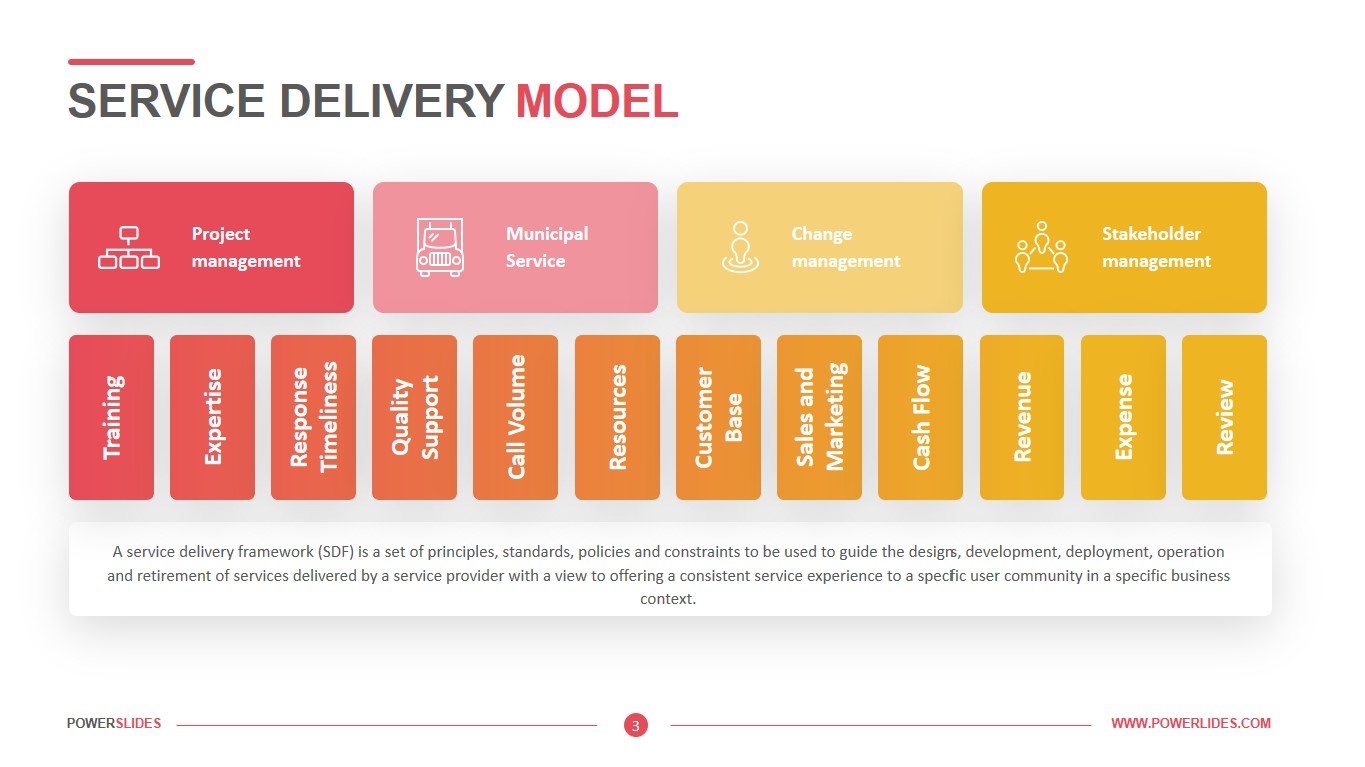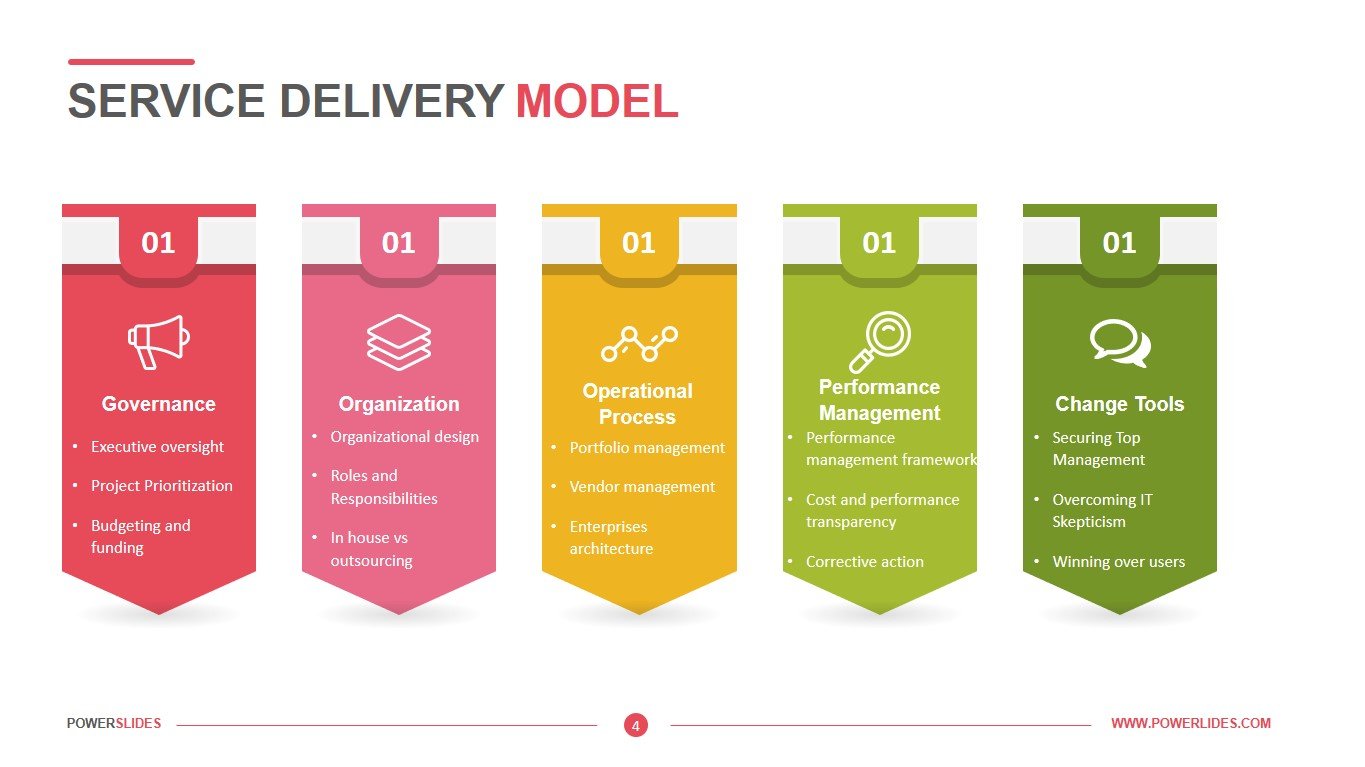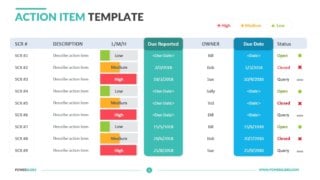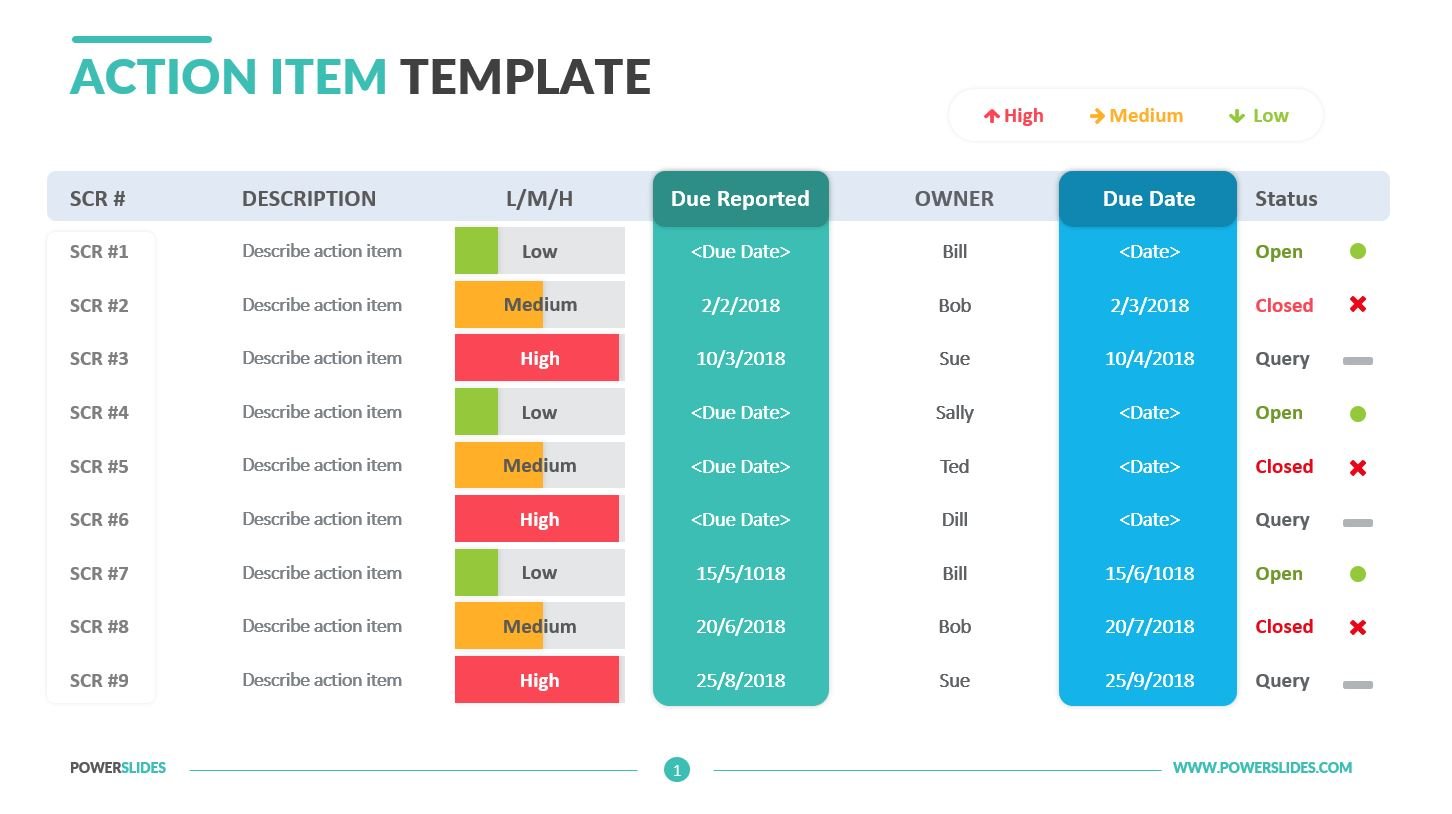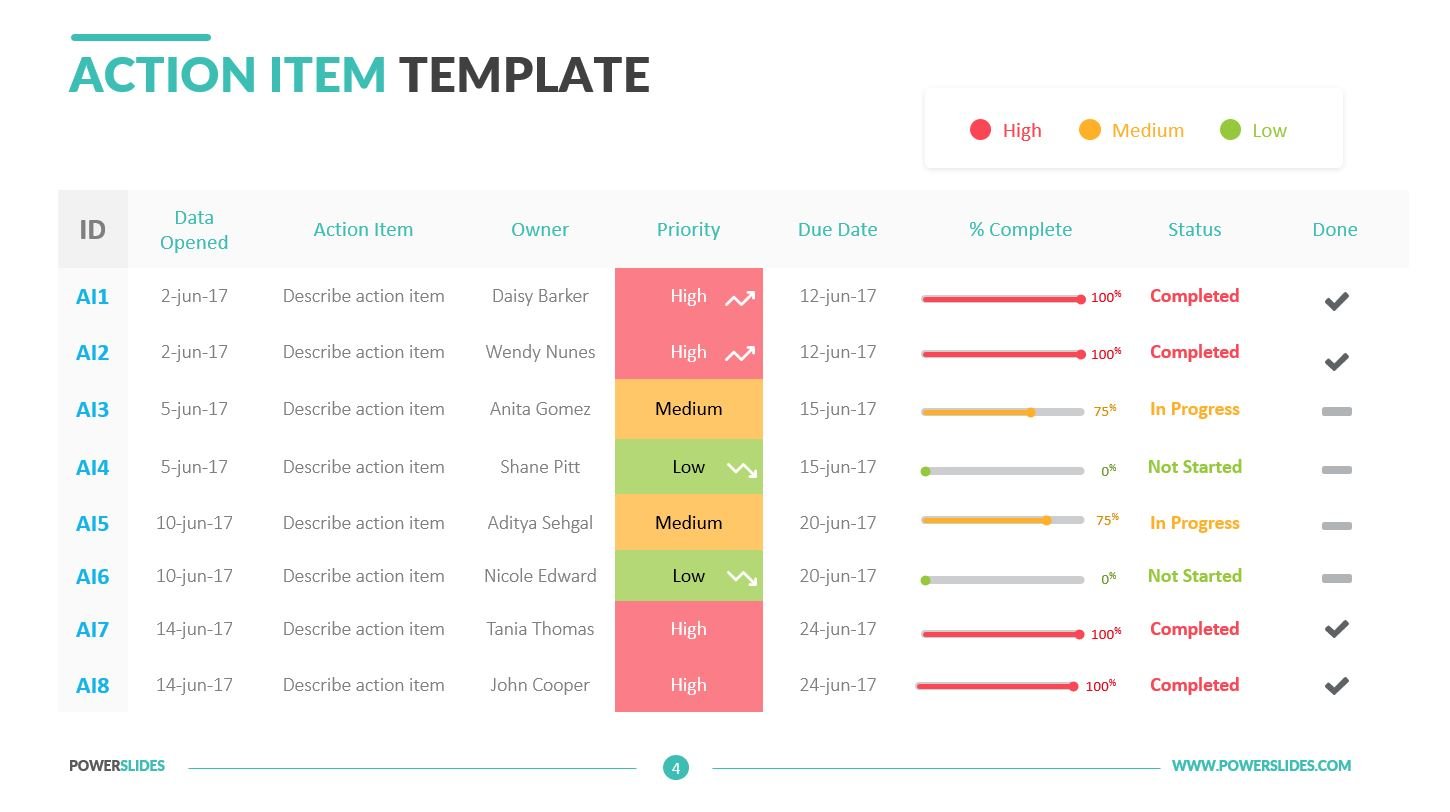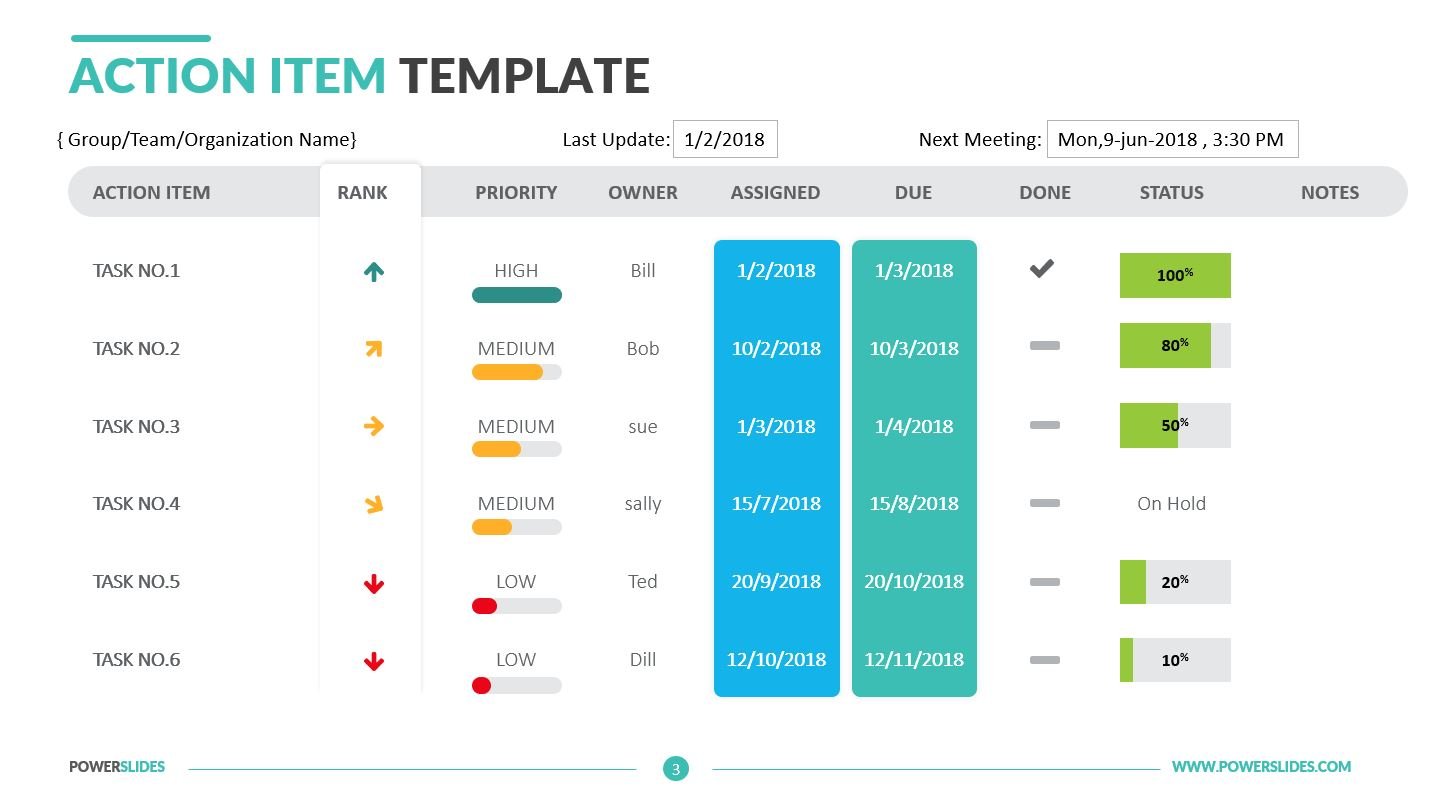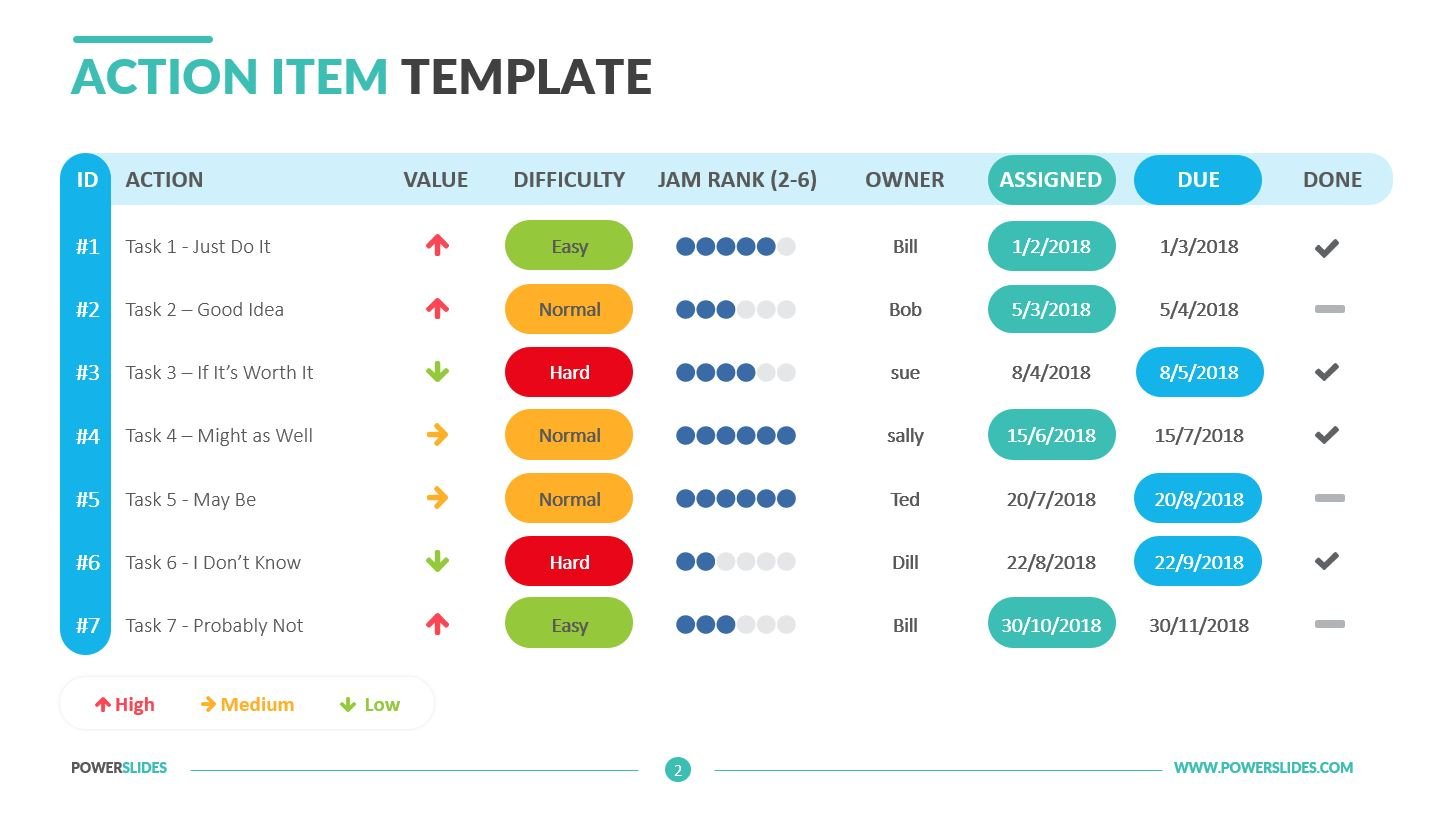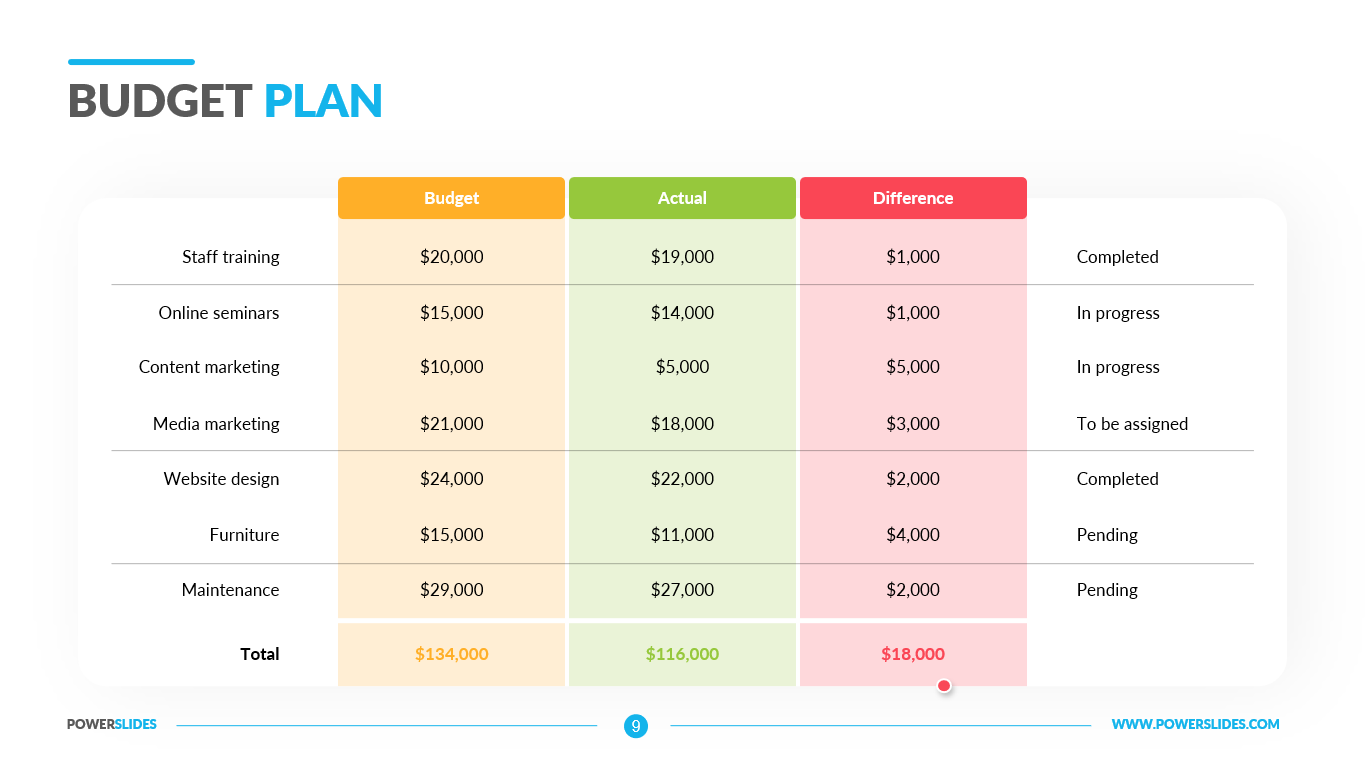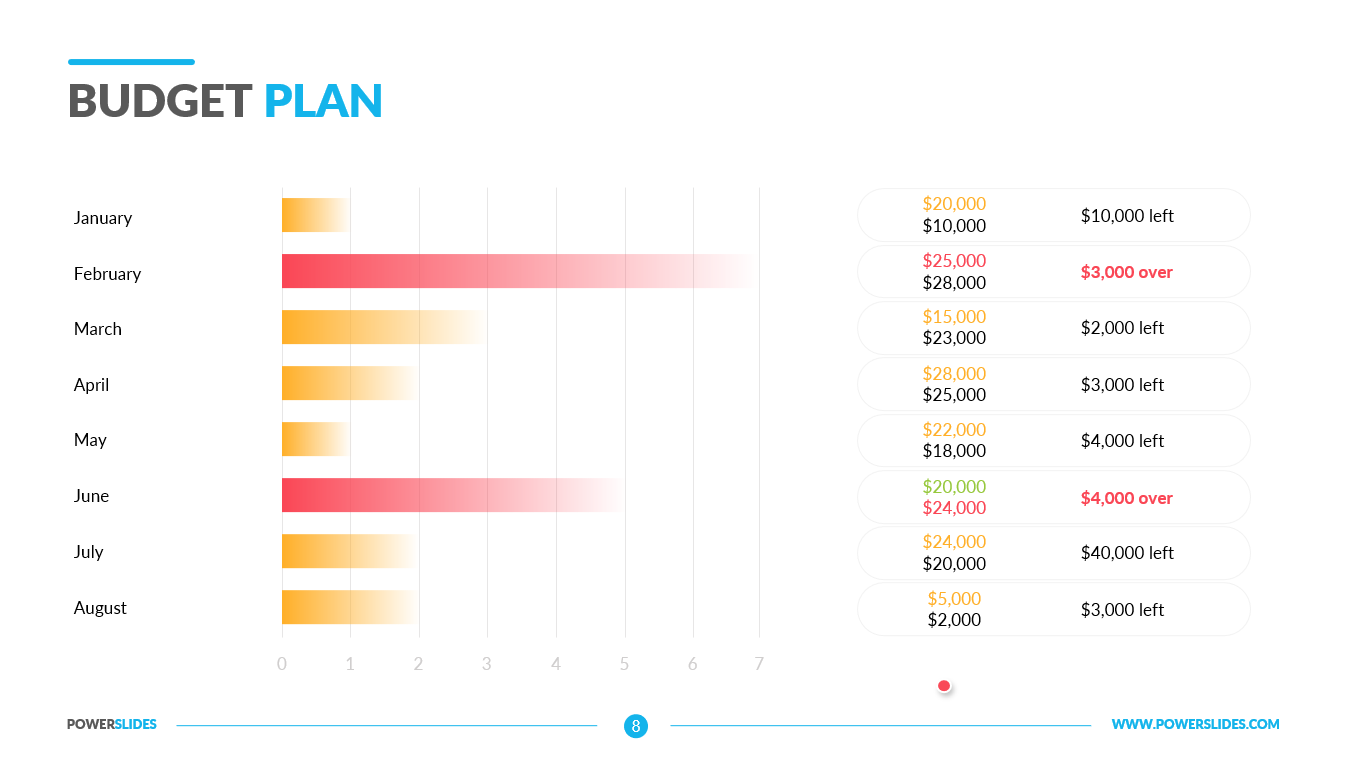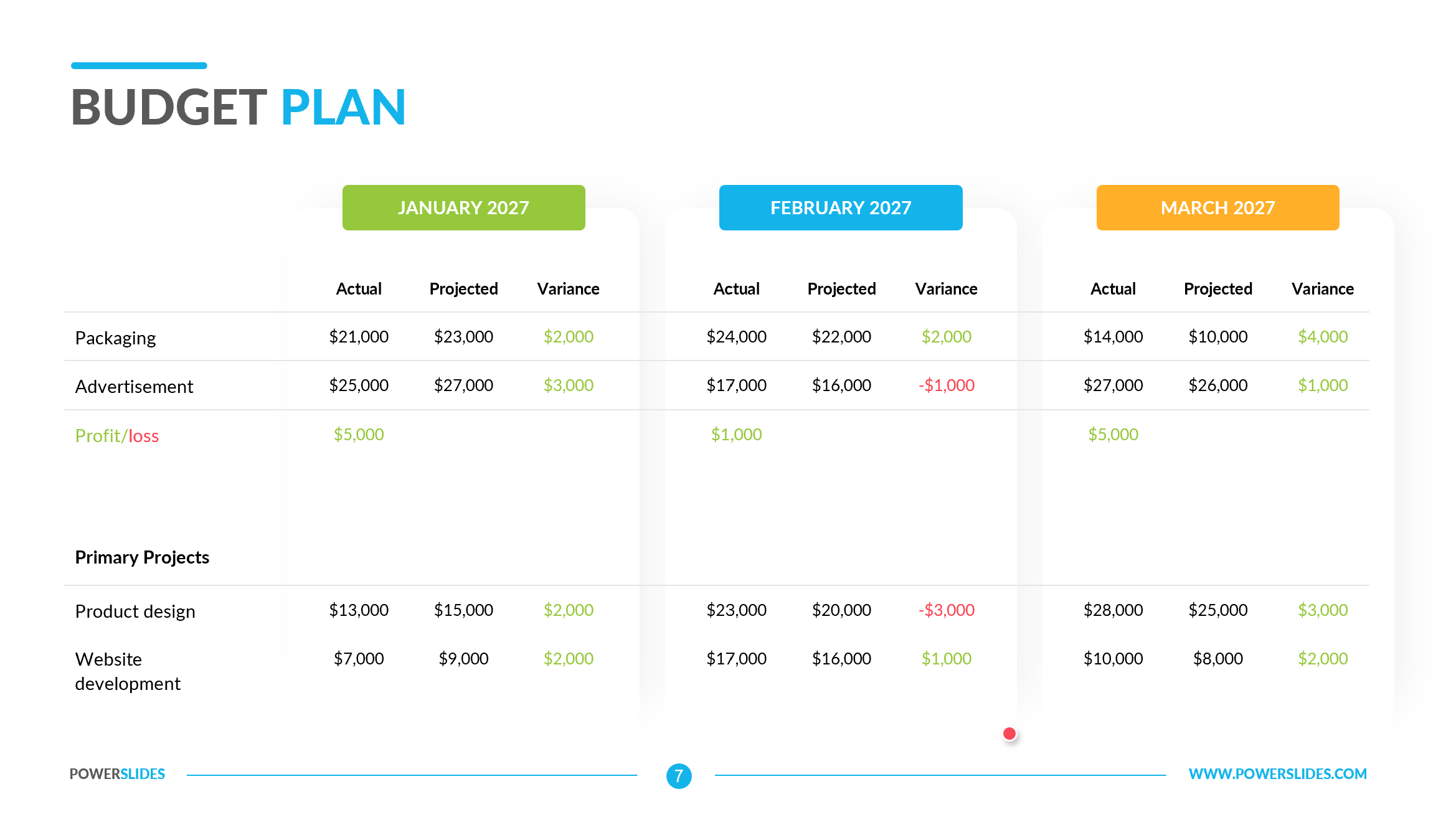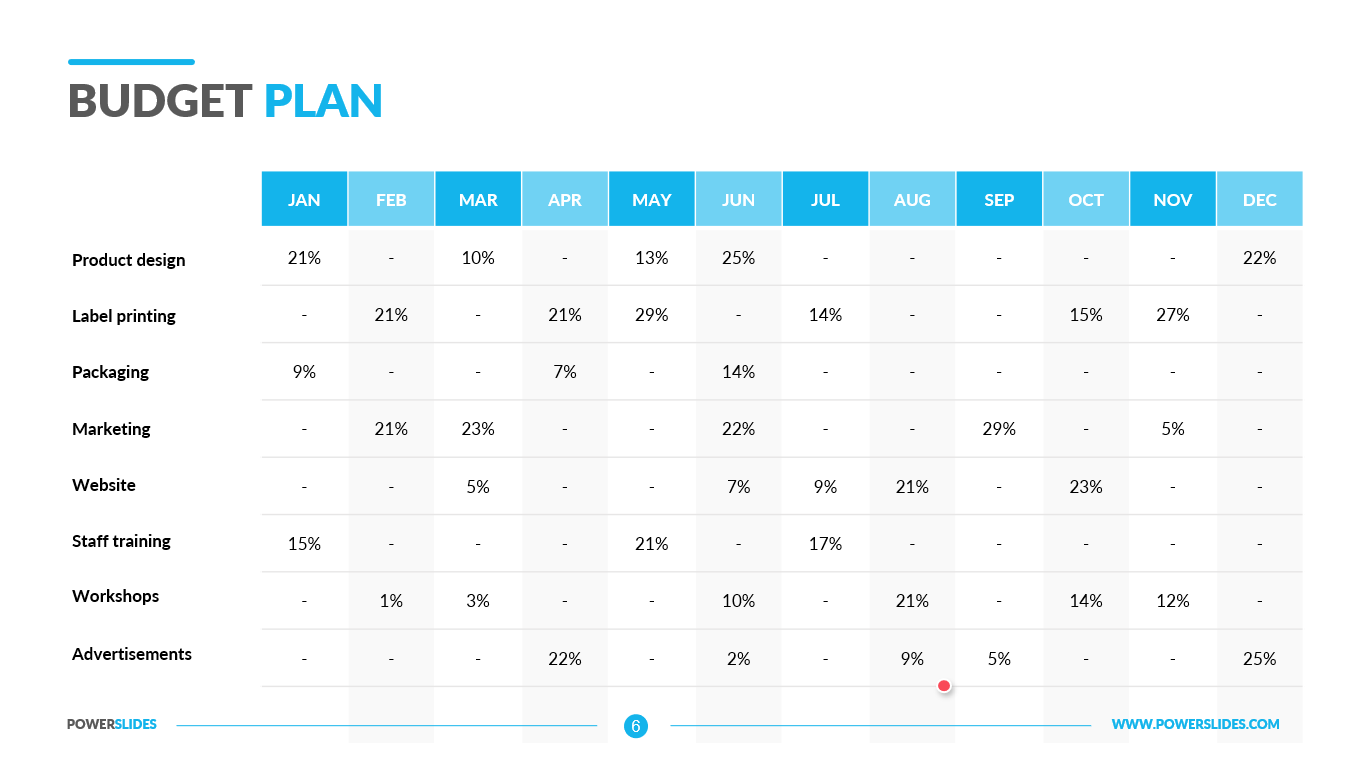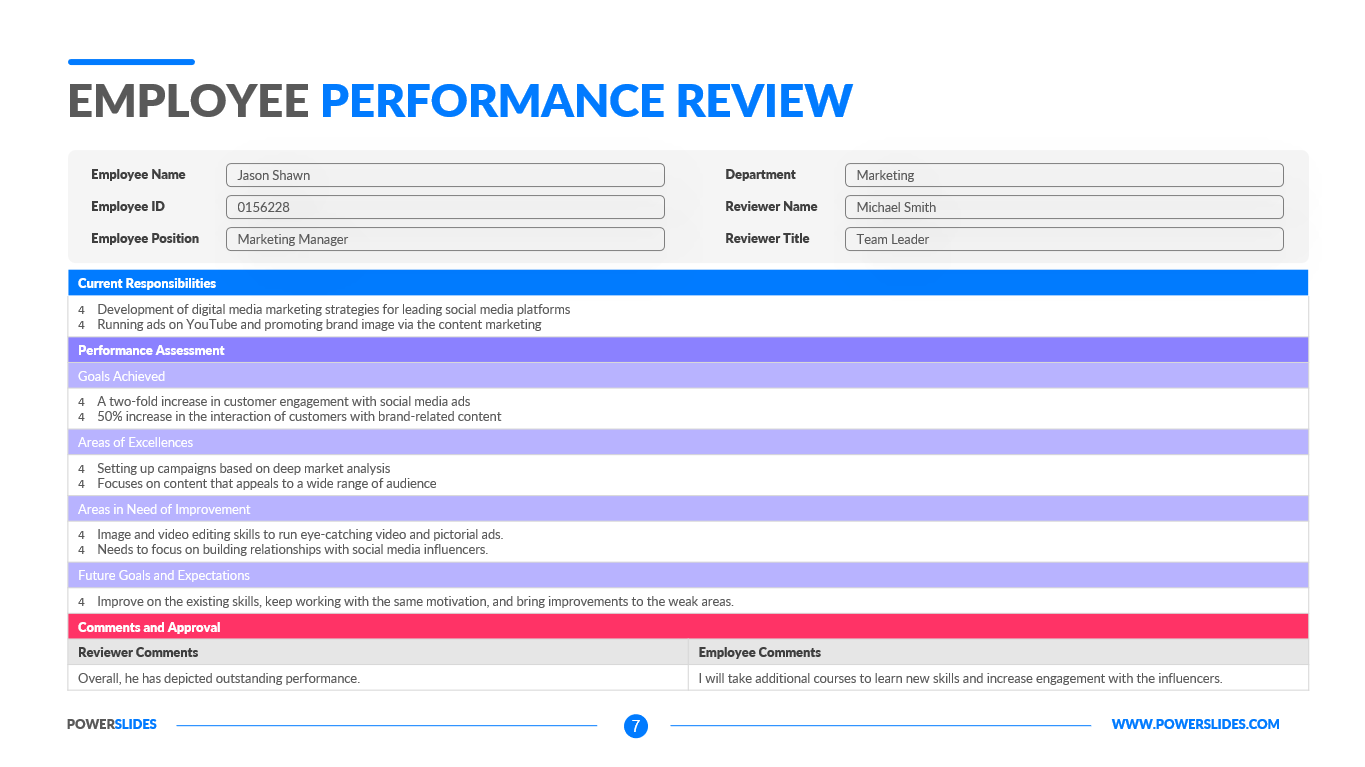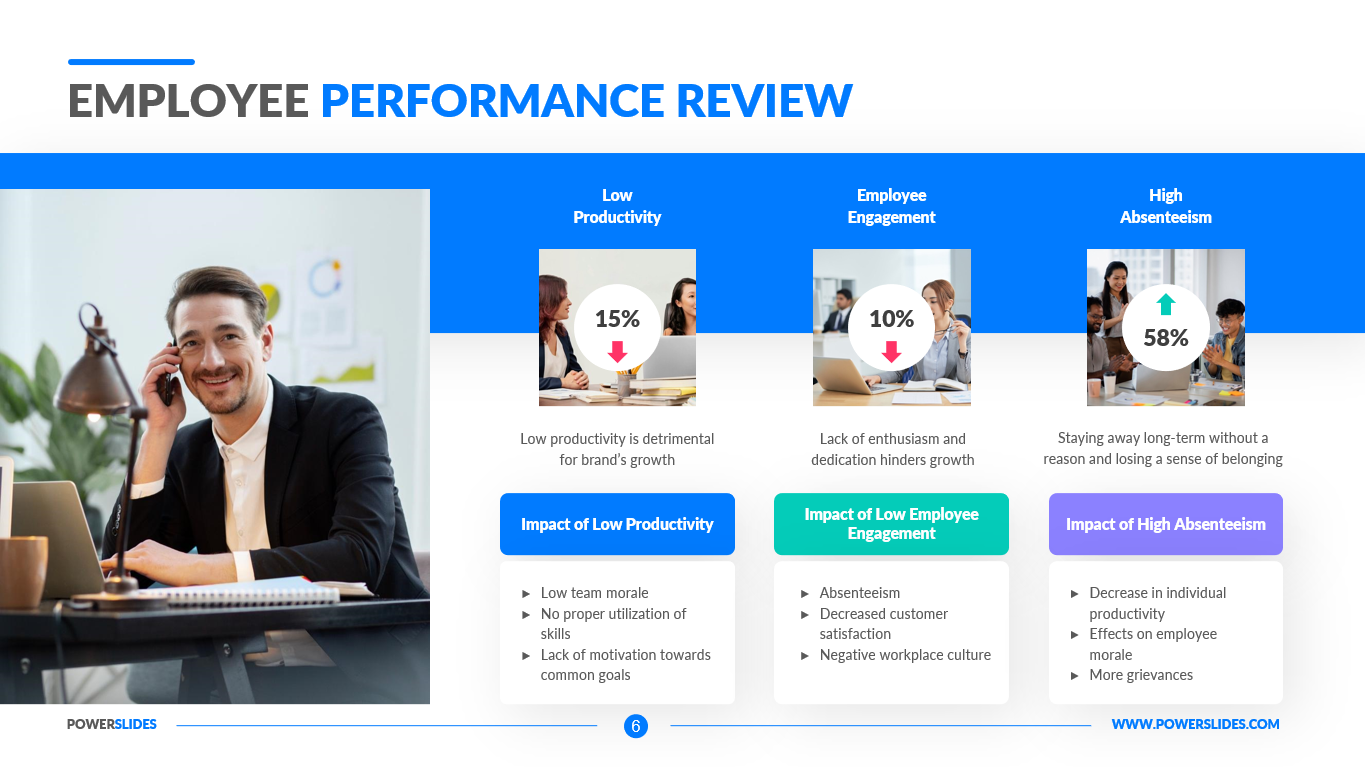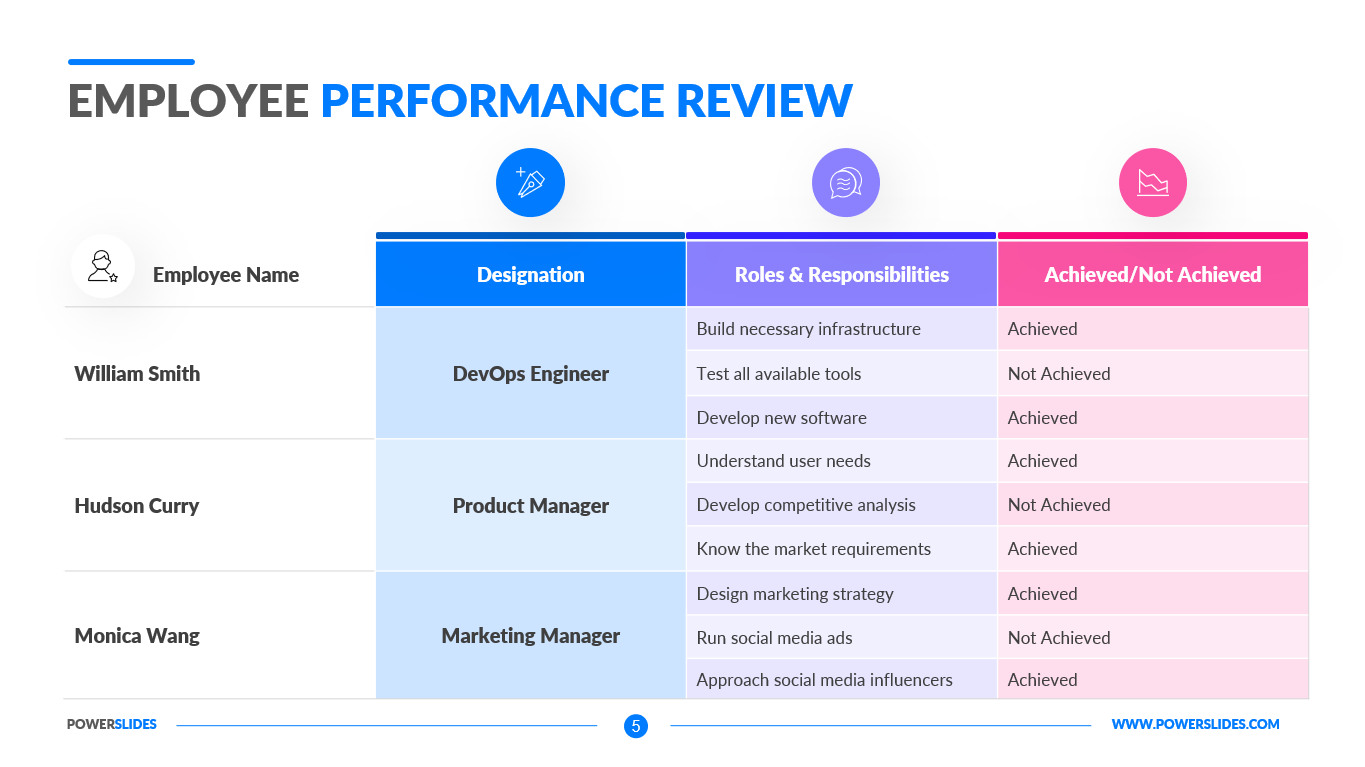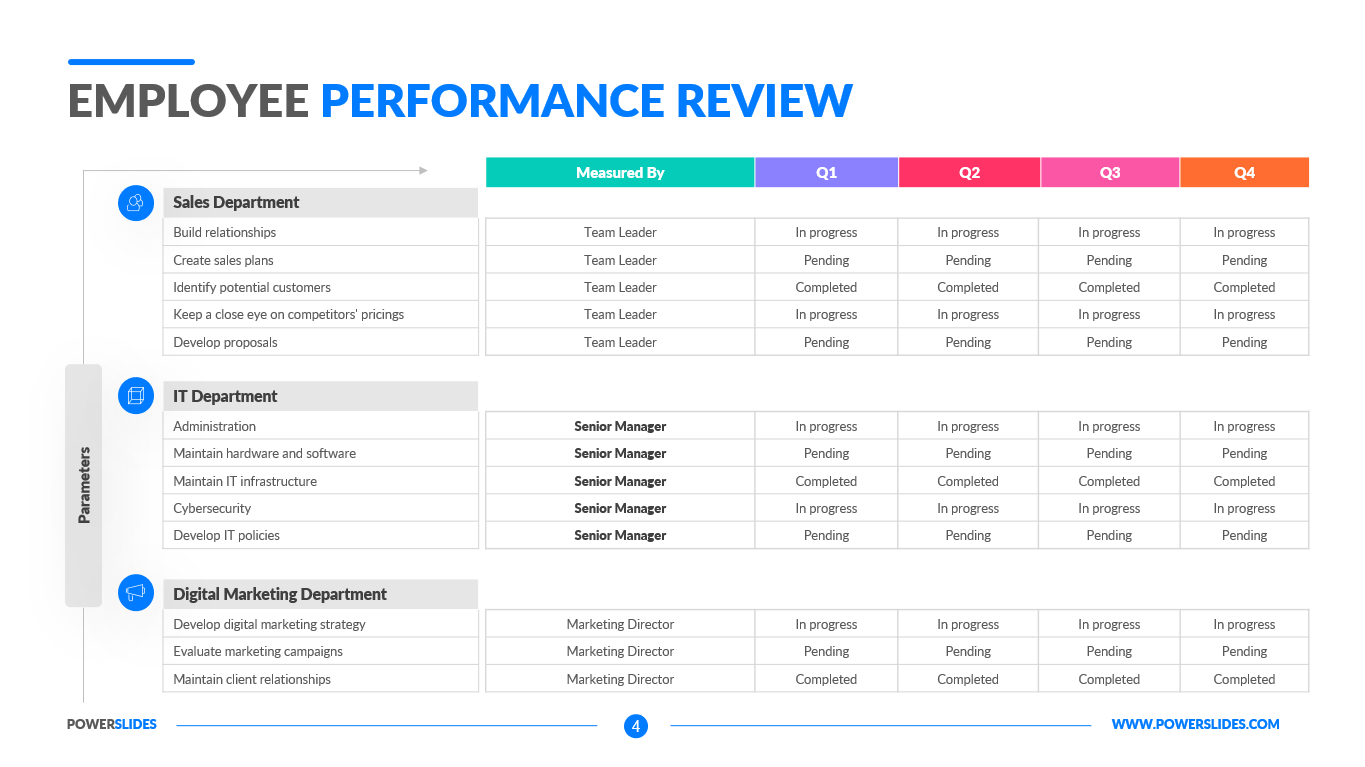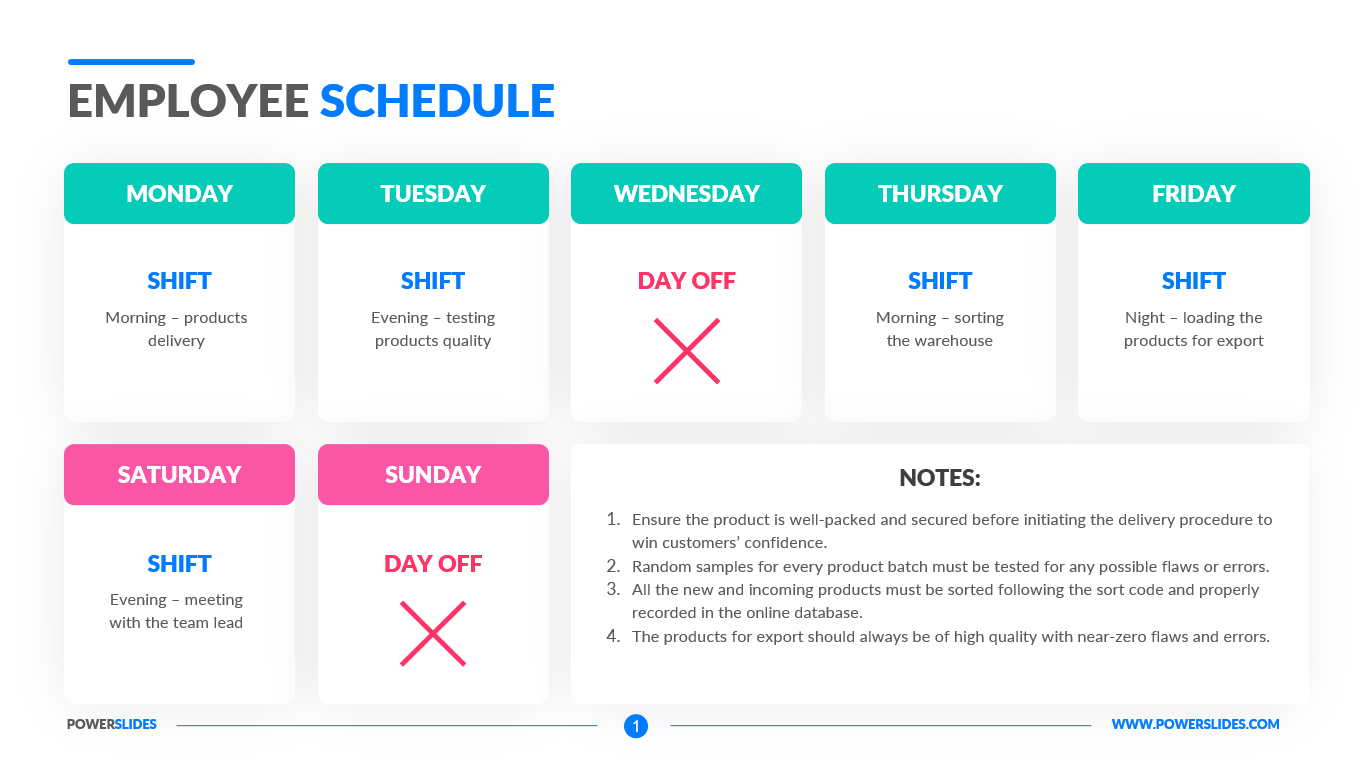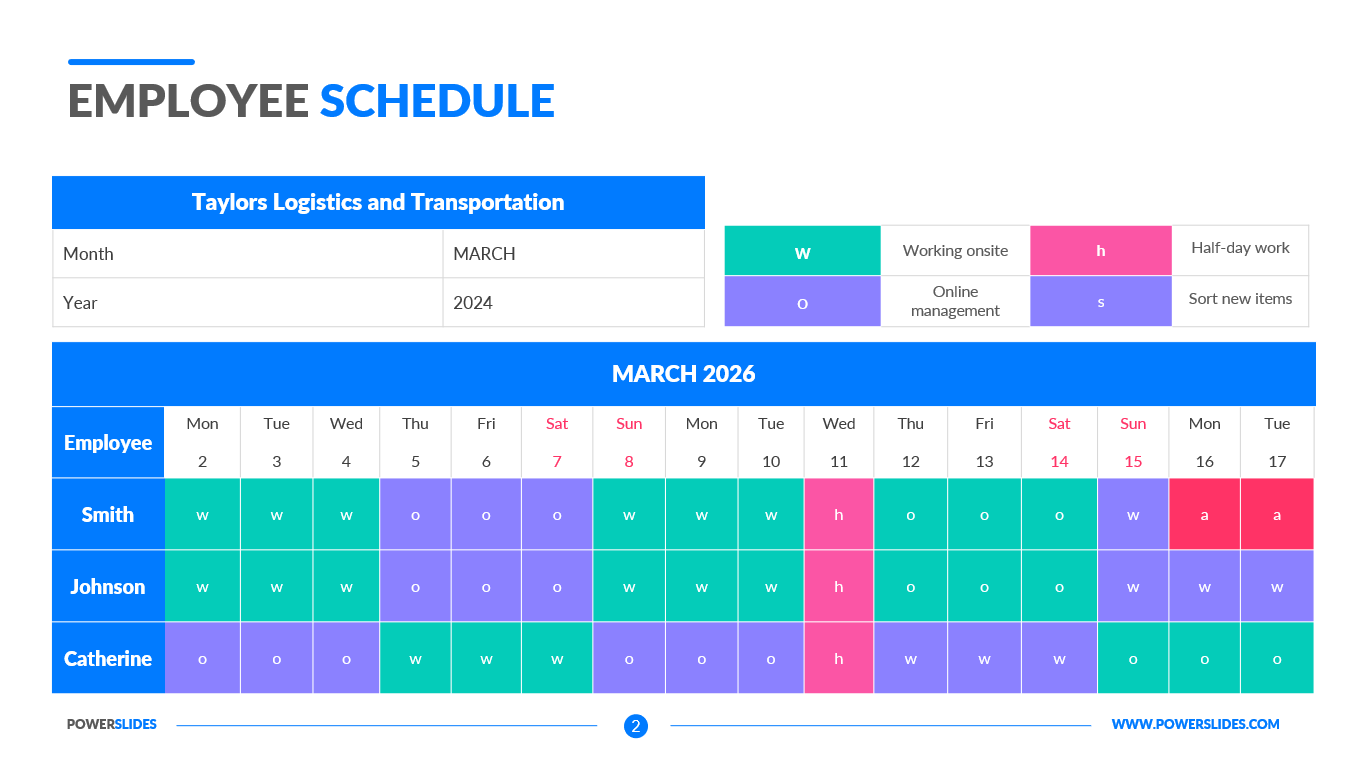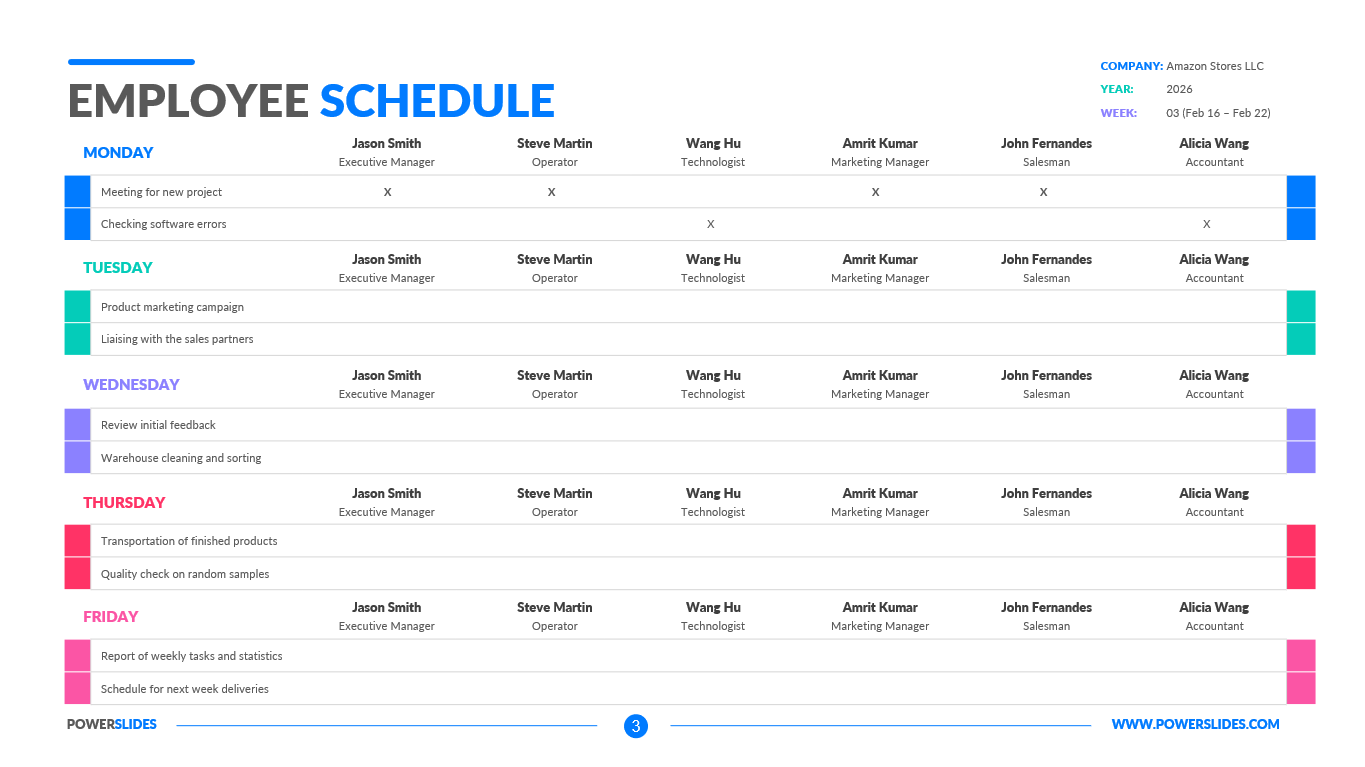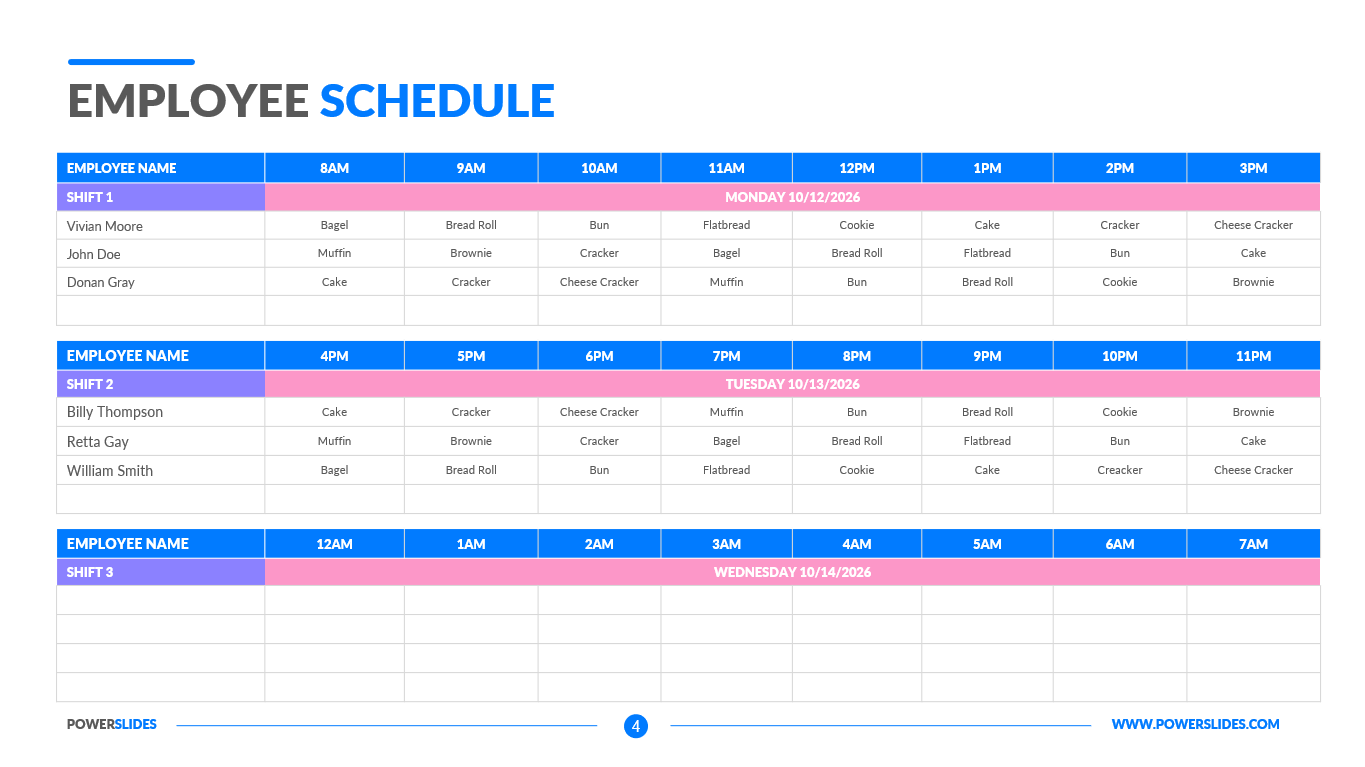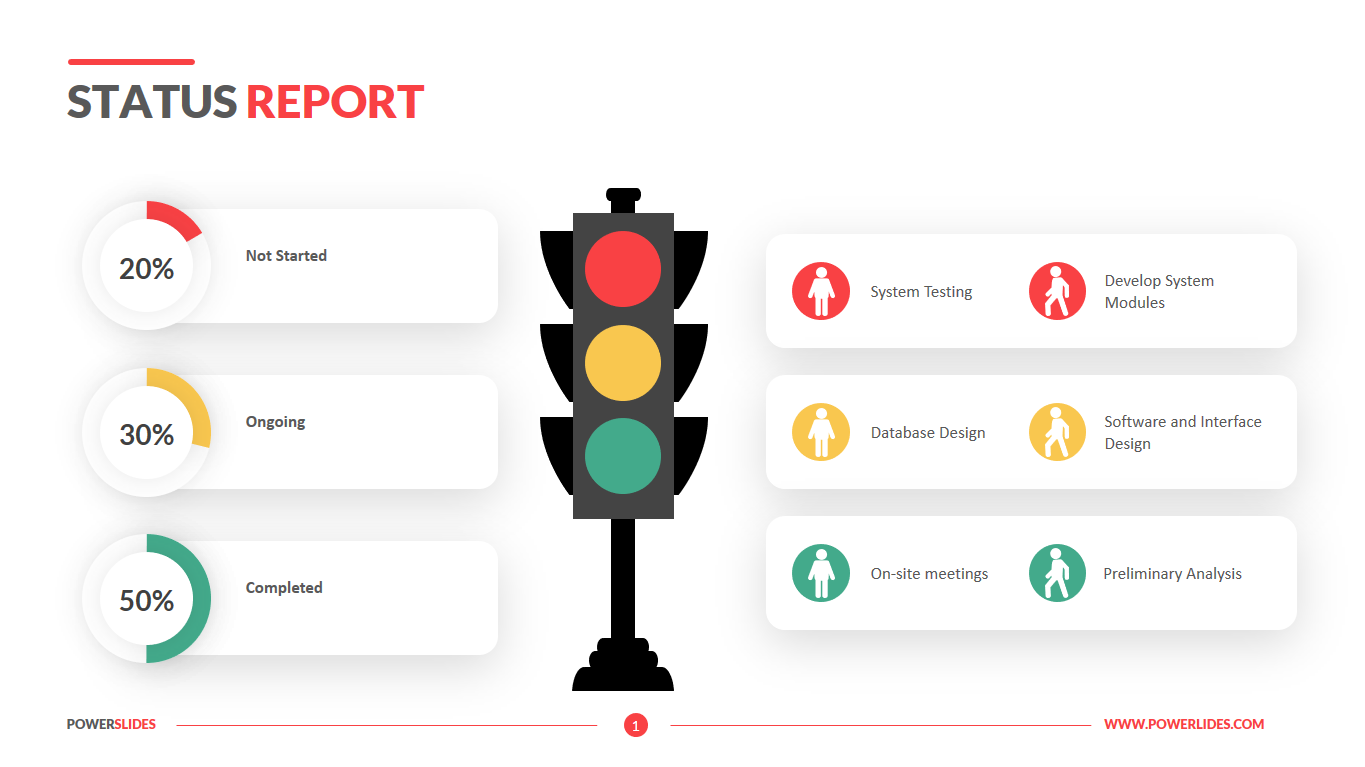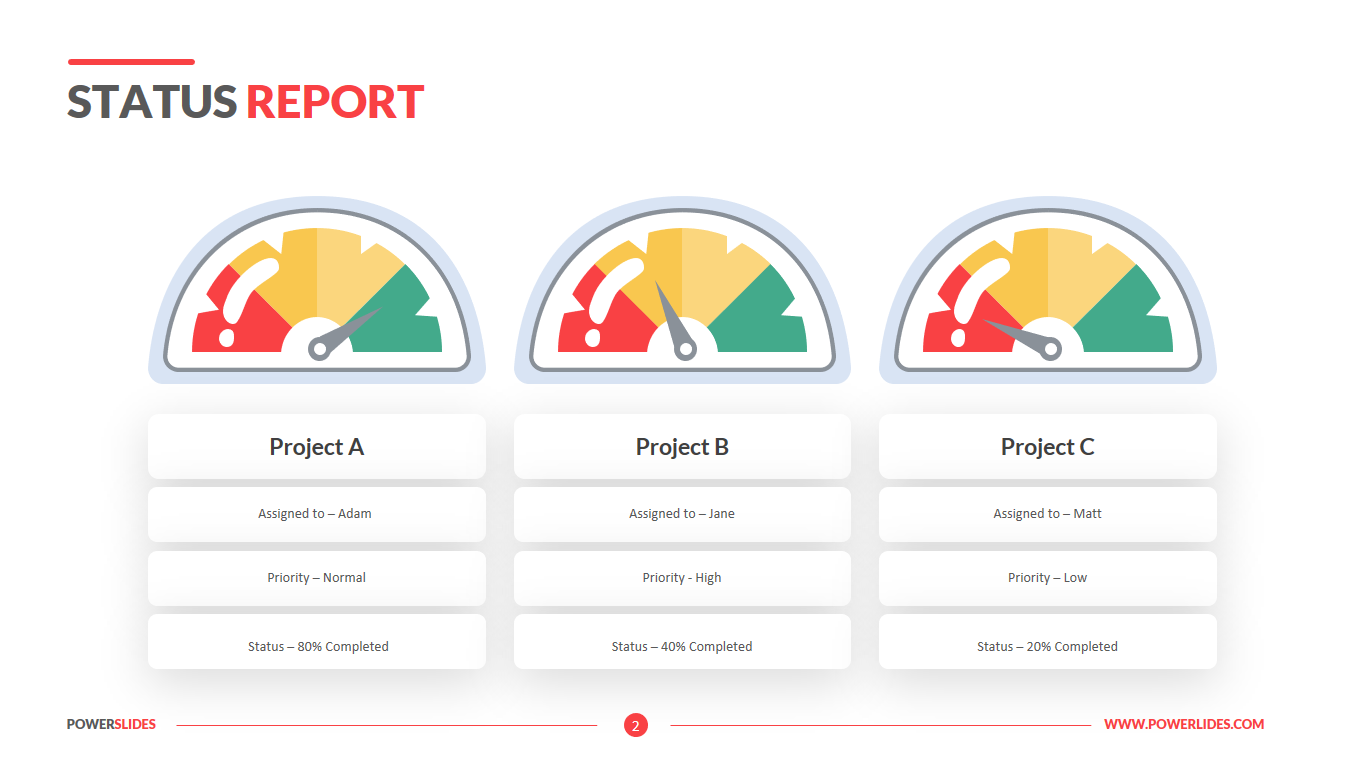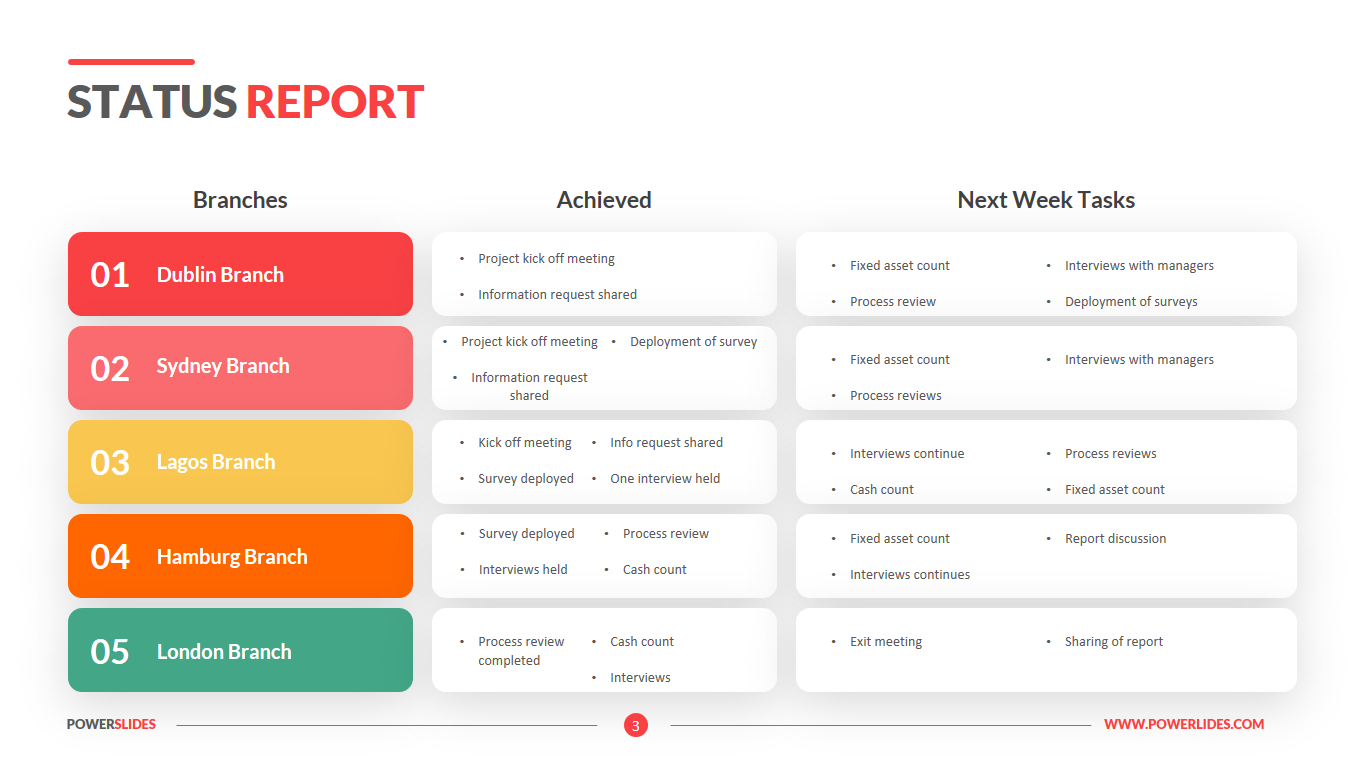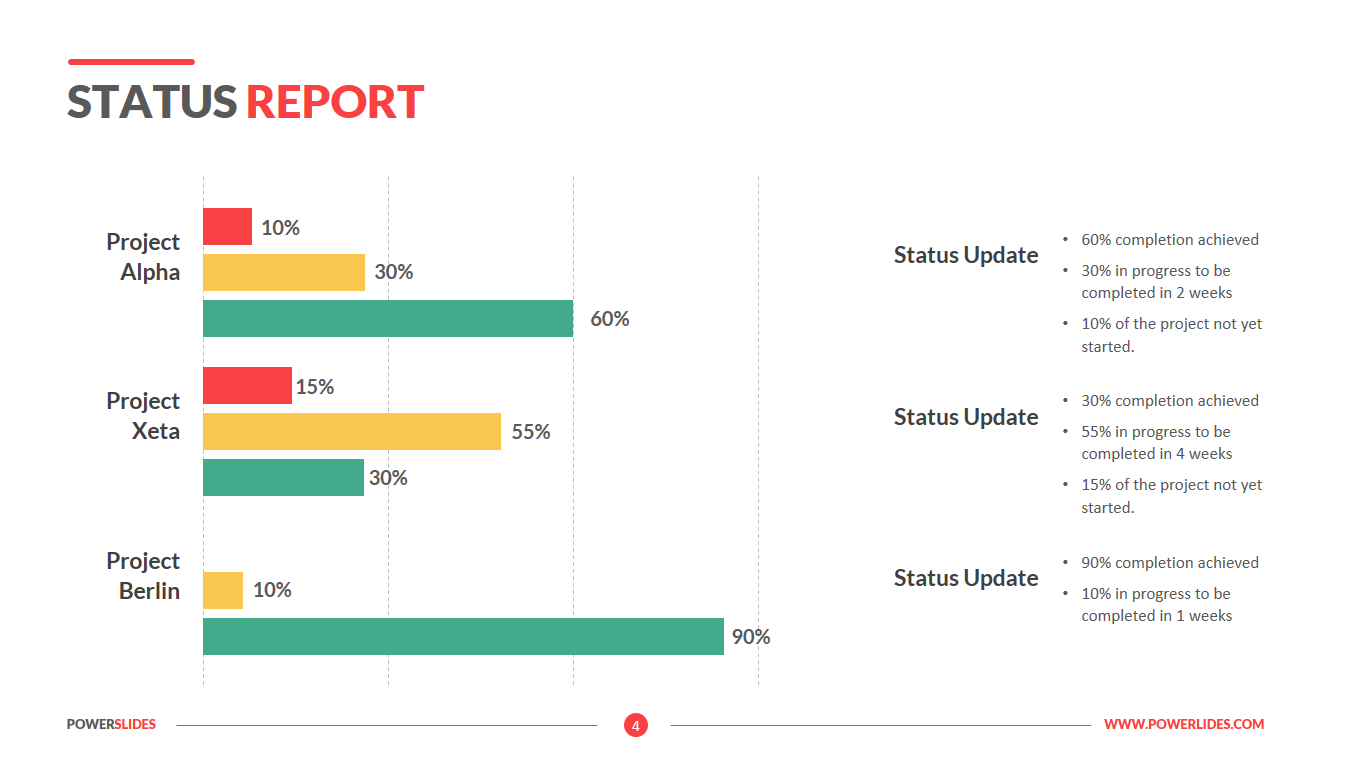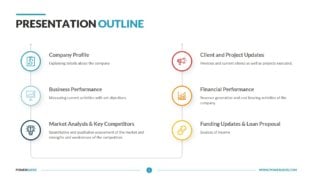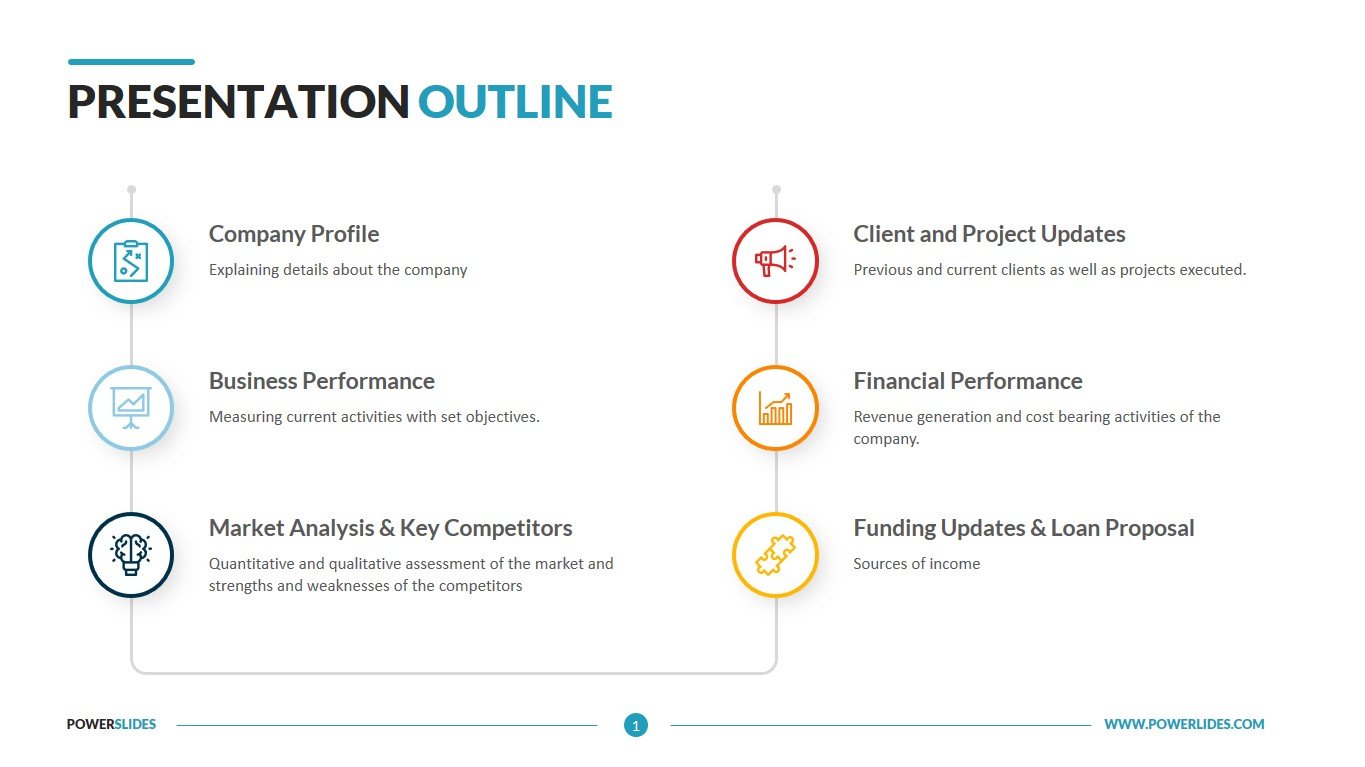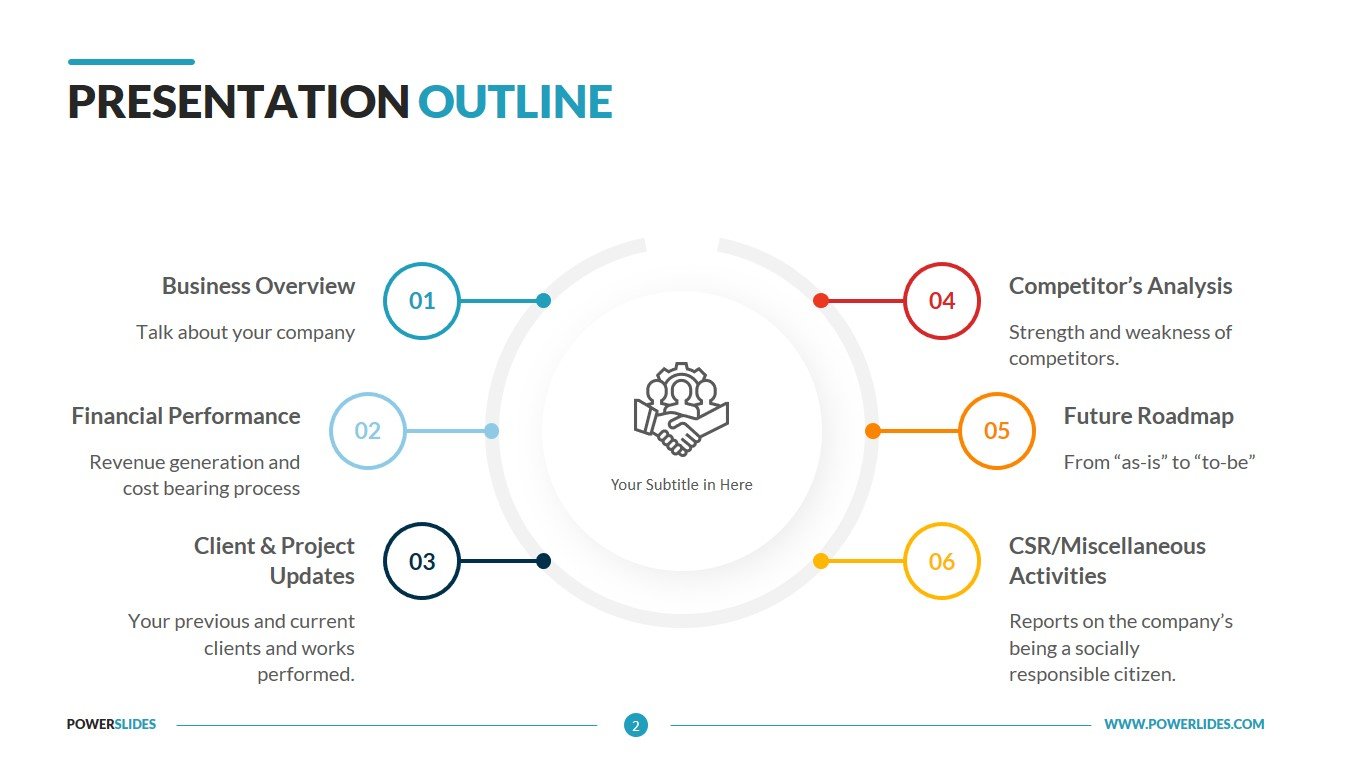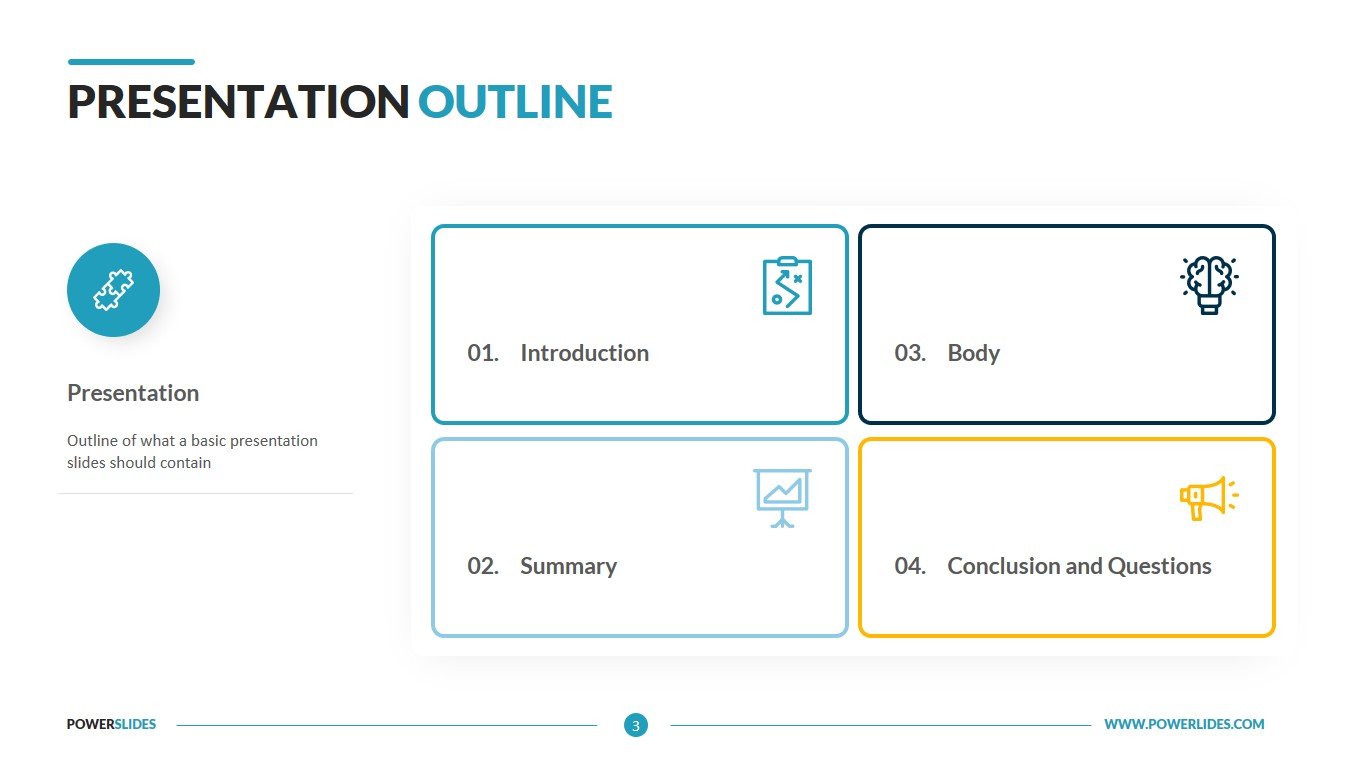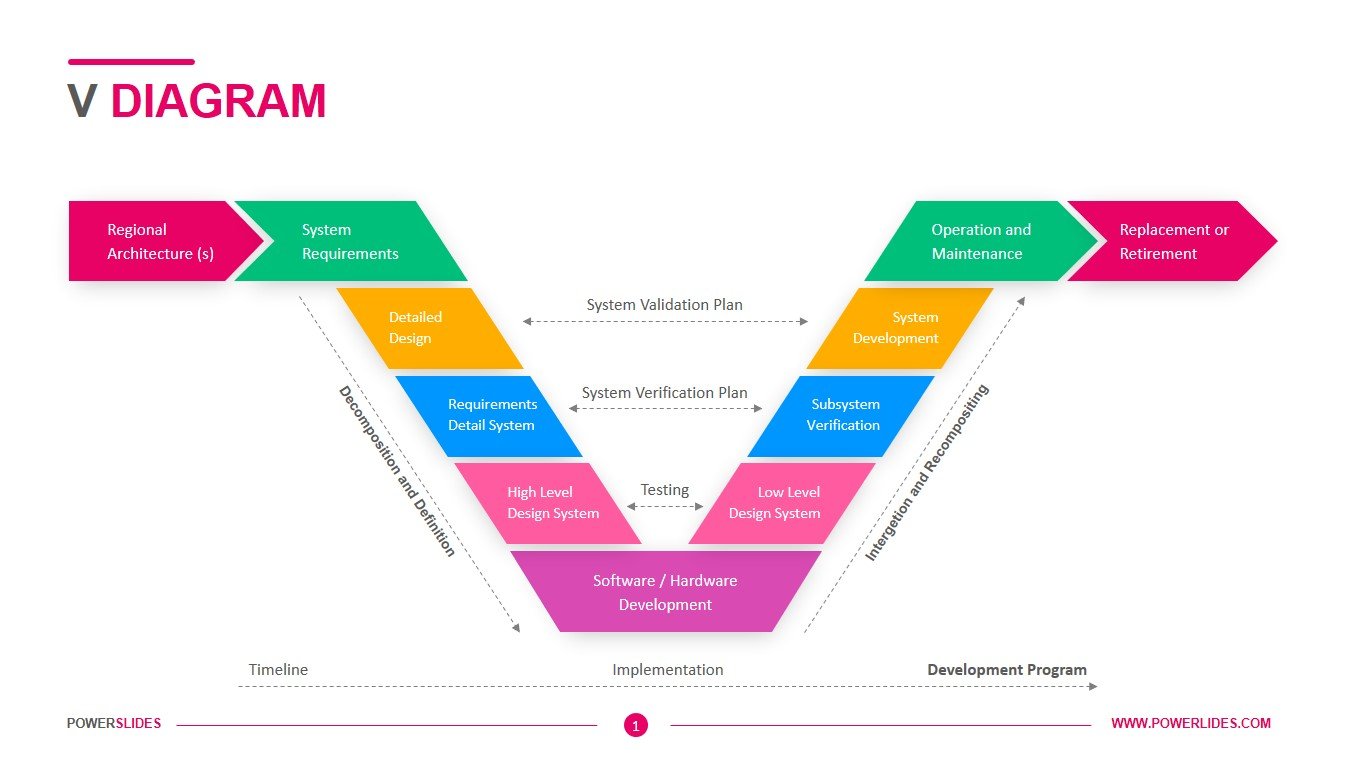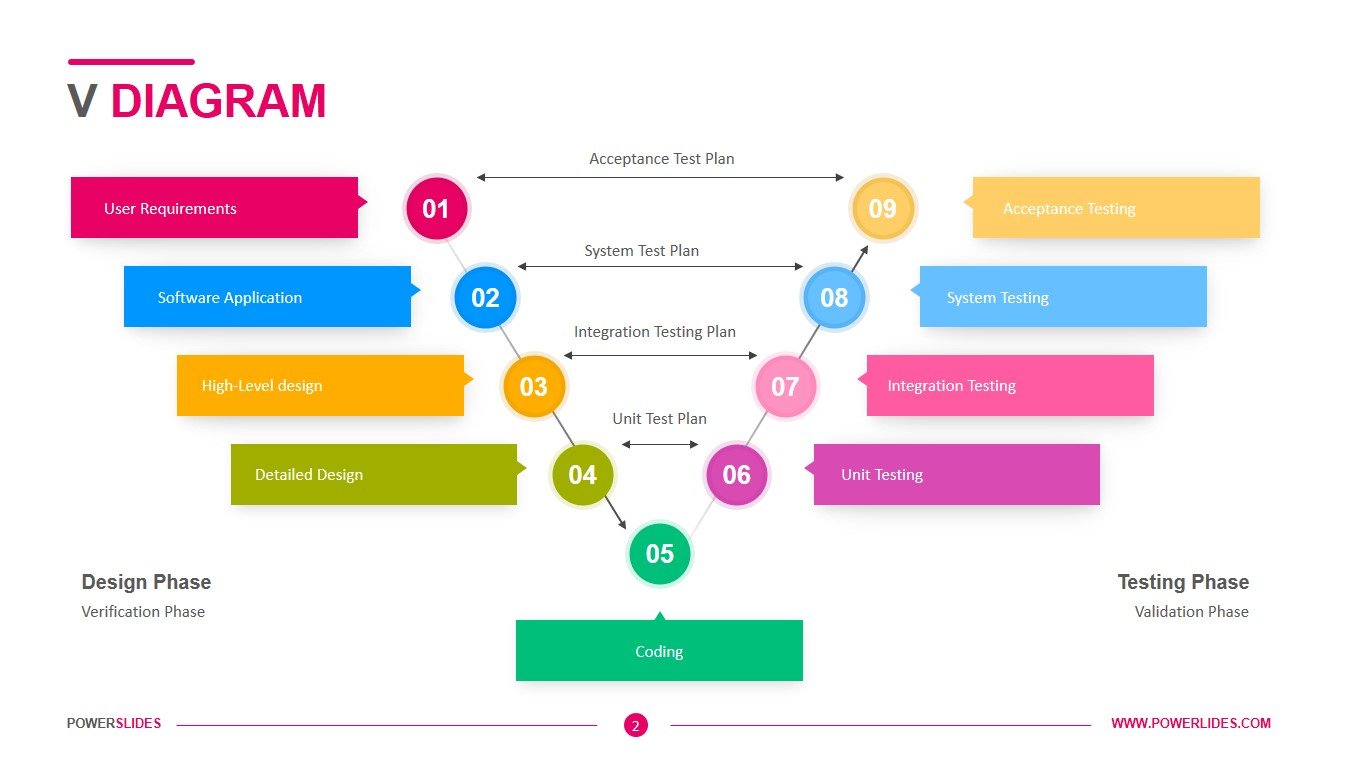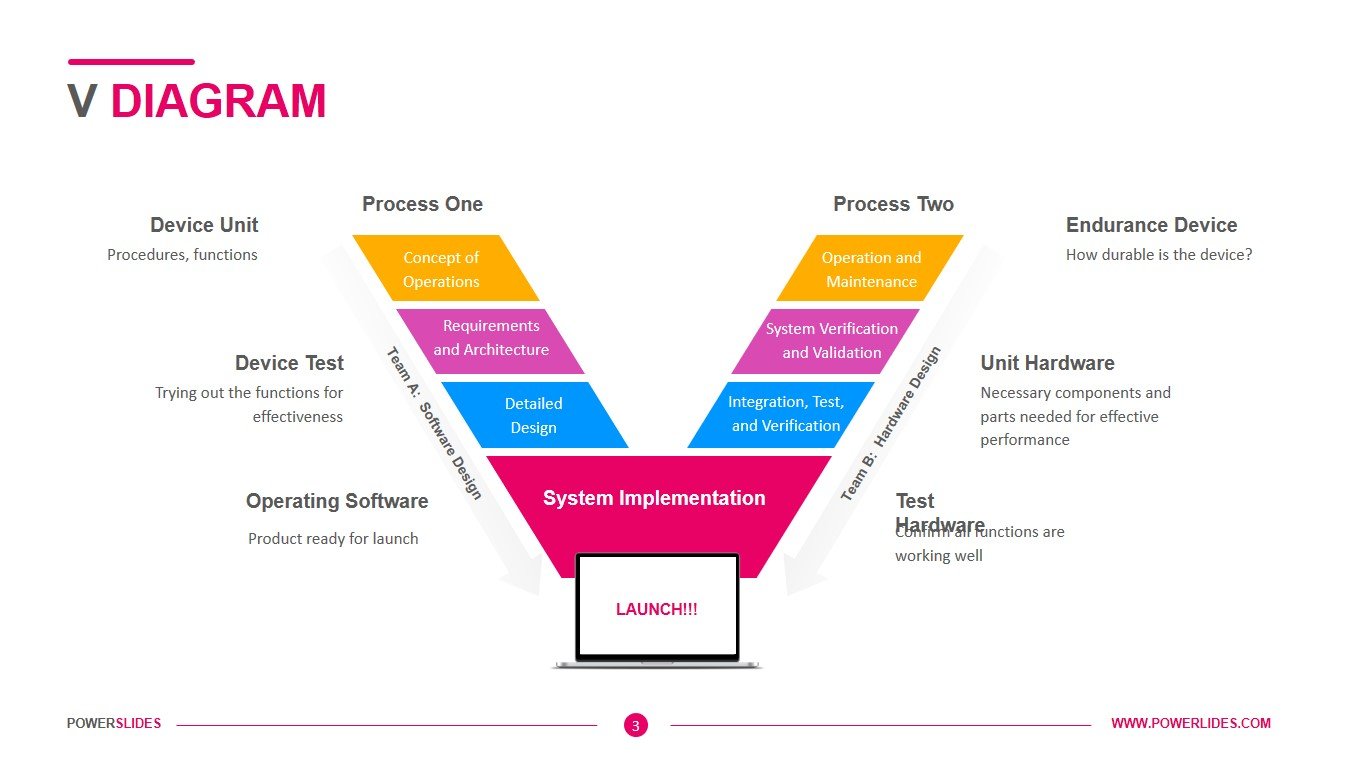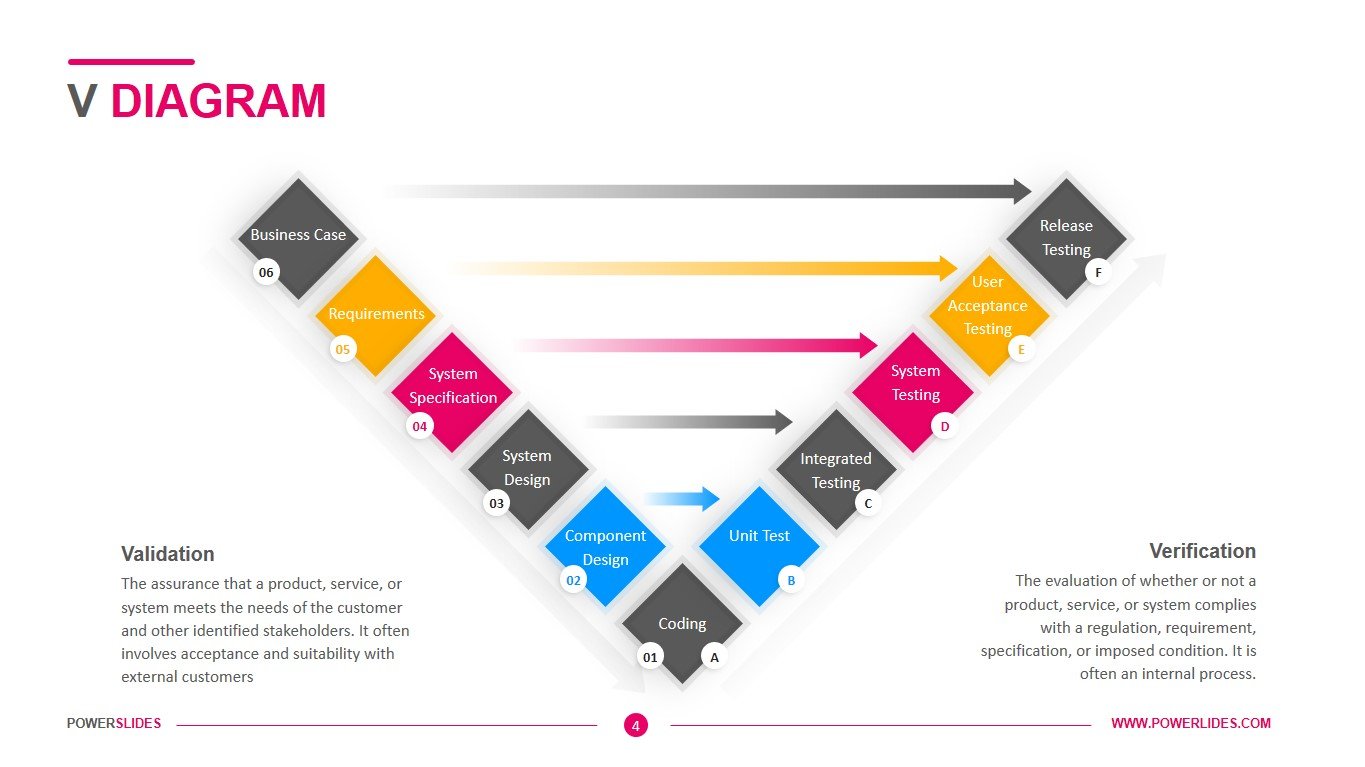Communications Plan
 8 Slides
8 Slides
 File size: 16:9
File size: 16:9 
 Fonts: Lato, Calibri
Fonts: Lato, Calibri
 Supported version
PPT 2010, PPT 2013, PPT 2016
Supported version
PPT 2010, PPT 2013, PPT 2016
Product details
Correct presentation of information has always been paramount in preparation for meetings with stakeholders such as investors, the board of directors or top managers of a national company. Also important is not only the content, but also the channel for transmitting information – sending by e-mail, delivery by courier, providing in video format.
A communication plan is a policy-driven approach to providing stakeholders with information. The plan formally defines who should be given specific information, when that information should be delivered and what communication channels will be used to deliver the information.
An effective communications management plan anticipates what information will need to be communicated to specific audience segments. The plan should also address who has the authority to communicate confidential or sensitive information and how information should be disseminated (email, websites, printed reports, and/or presentations). Finally, the plan should define what communication channels stakeholders will use to solicit feedback and how communication will be documented and archived.
Communication plans play an important role in change management. An effective communication strategy can help break down resistance to change by getting everyone on the same page and helping stakeholders become engaged and endorse the need for change and the steps being taken to bring it about. In project management, the communications plan may include a glossary of common terms to ensure all stakeholders use terms consistently. This glossary may also define and include samples of templates, reports and forms that the project manager will use to communicate information.
Let’s take a closer look at this template. The template includes a block table into which you can insert your data and describe the communication costs and the final added value of the product after the plan is implemented. The second slide provides an opportunity to describe in detail the main stages of the plan – Client Covenant, Research, Creative Brainstorm, Tactical Plan, and Presentation. The next slide gives us answers to the questions of who, when, why, and others. It uses great infographics and stylish color schemes. The latter is a meeting scheduling tool. Here you can schedule the types of communications and Frequency of Meetings in detail. The main participants in the meetings are listed on the left side of the table.
Marketers can use this template when preparing a product promotion strategy. You can define advertising promotion channels, define ad display times for each channel, and define groups of potential customers. This template can be used by team leaders in preparation for a meeting with a client and key team members. Public relations professionals can use this template when preparing their candidate’s campaign. For example, you can describe in detail field meetings with each separate group of potential voters who differ in their social status. Also, this template will be useful for startups when preparing to meet with potential investors.
This presentation stands out for its style and tools for scheduling meetings. The slides complement each other perfectly. Department leaders will appreciate this template as they put together their monthly meeting schedule. The Assistant Director will also be happy to use this template in his work. How do I prepare a professional meeting plan? I think we were able to answer this question. The answer is obvious – Communications Plan Template.




 (3.77/ 5)
(3.77/ 5)

